Crib vs. Bassinet: What's the Difference?

A crib or bassinet—which one do you pick? That’s entirely up to you. Keep reading our comparison guide on crib vs. bassinet: what’s the difference to make the right choice.
What’s the Difference Between a Crib and Bassinet?
A bassinet and crib are two infant-styled beds. Although both beds are workable options for your infant, one is only temporary, while the other’s usable until they grow out of their bed. If you haven’t guessed, the bassinet is the temporary bed. Before jumping into that, here’s a brief description of bassinets and cribs.
Bassinet
The bassinet’s an oval-shaped bed with mesh or cloth sides that’s mobile. This bed can meet the same height as the parent’s bed. This type of bed is also excellent to use for moms who had a C-section because it doesn’t strain your stomach like a crib bar does when leaning over it.
You can buy a bassinet with modern features in any style to create a smaller space that feels snuggly to the baby. The most common components to find on bassinets that might drop the need for a white-noise machine, rocking chair, and added lighting, include:
- Rocking
- Sounds
- Lights
Buyer tip: Once your baby reaches over 20 pounds or surpasses 6 months, whichever comes first, the bassinet’s no longer safe to use. This might be a good thing to include in your final decision.
Crib
A crib’s an enclosed bed with slatted sides. It’s ideal for infants starting at the newborn stage. An infant sleeps in a crib until they’re 3, but they sometimes sleep in it until 4 years old.
Buyer’s tip: Even though the crib might sound like a feasible choice, you need to know the several types of cribs available. That way, you can decide on a style wisely. Here are the available types:
- Convertible cribs
- Portable cribs
- Traditional cribs
- Mini cribs
The Safety Features Vary
The safety features vary for bassinets and cribs. For a bassinet, the bed must be sturdy and solid. The wheels should come with locks, so the bassinet doesn’t move about when the baby moves. Additionally, the material used for the bassinet must be breathable.
When looking at cribs, you must account for additional safety features. First, ensure the slats are no more than 2 3/8 to 6 centimeters apart—when the sides are this wide, babies can get stuck between the bars. Additionally, you should never buy a crib with a drop-down side. Every side should be fixed and unmovable.
The Cost Makes a Difference
If you want something affordable, small, and mobile, you’d want a bassinet. However, despite the cost averaging between $60 and $135, it’s only a temporary solution until it’s time to transition your infant to a crib.
A crib’s also great because your infant can grow into it. However, some cribs are made with toxins that could be harmful to your child, so consider researching eco-friendly cribs.
An eco-friendly crib creates a safer and more sustainable nursery, and it is a convertible style that transitions into a toddler bed. On average, you’d spend a little more for a crib, but it’s better to put your money into something easy to assemble, making the transition from a crib to a bed smoother.
Buyer’s tip: The safest route will always be to buy new. Even if it’s secondhand, the crib you buy should be a model made in the last 10 years. If you get a used crib, contact the manufacturer to ensure the warranty’s still valid and that parts are still available.
How Much Space Do You Need?
Although a bassinet is smaller, it’ll likely take up more room after your baby grows out of it. In addition, a crib can be bulky and hard to find space for, too. So, what do you do? First, you measure the room to find out how much space you have. Then, compare it to the different-sized cribs and the bassinets. By measuring the space, you can come to a decision sooner.
Here are the big bonuses for bassinets:
- Smaller size
- Increased mobility
- Easier access to the baby.
But we find ourselves loving the benefits of a crib:
- Better safety features
- Fit any nursery style
- Come in a convertible style
The Pros and Cons of Bassinets
Bassinets have pros and cons, and here are the ones you should know about.
Pros
The wonderful thing about bassinets is that they’re great for first-time parents. The bassinet’s low to the ground, making it easier to put the baby in and take it out. You should consider a bassinet if you’re a new mom, as it’s easier on those recovering from C-section surgery.
The other benefit is the bassinet’s portability. Anywhere you go, the cradle can follow. Bassinets have wheels that make it easier to move around, and various models come with handles to transport the baby up and down the stairs.
Cons
The first con of a bassinet is that it’s quickly replaceable. With the baby growing fast, you will need to save up for a replacement crib. The bassinet’s only temporary, putting your investment at a significant loss and wasting time. Consider selling your bassinet after your baby grows out of it so you can get your money back.
The Pros and Cons of Cribs
Cribs are ideal—they grow with your child, fit the nursery better than bassinets, and have convertibility features. Find out other pros and cons to make your purchase better.
Pros
You’ll find pros for every type of crib, but safety is the biggest advantage. Every style crib comes with enhanced safety features that keep the baby put. From smaller slats to unmovable parts, the baby won’t have trouble sleeping in the crib.
Convertible cribs, however, come in different models:
- The 2-in-1 model transitions to a toddler bed.
- The 3-in-1 extends to a day and full-size bed.
- The 4-in-1 has it all: it transitions from a bassinet to a full-size bed and comes with a removable guardrail.
Cons
The only major con of having a crib is the price tag. While convertible cribs are pricier, having a bed that grows with your child is a worthy investment. These beds last a long time and are a huge space-saver. They don’t take up much room, and even bulkier models are easy to disassemble and move to a wider space.
Crib or Bassinet: Which One Should I Choose?
Which should you buy: a crib or a bassinet? All in all, purchasing a crib is a safer investment. Cribs deliver numerous benefits that parents can enjoy. You also have various crib styles to pick from, with better safety features and savings.
Here’s one last buyer’s tip: shop with Simply Nursery. The nursery furniture we hand-craft comes from Brazilian renewable forests. We promise to always supply nursery furniture that’s safe and worth the investment. Find the crib you’ve always wanted by browsing our website.





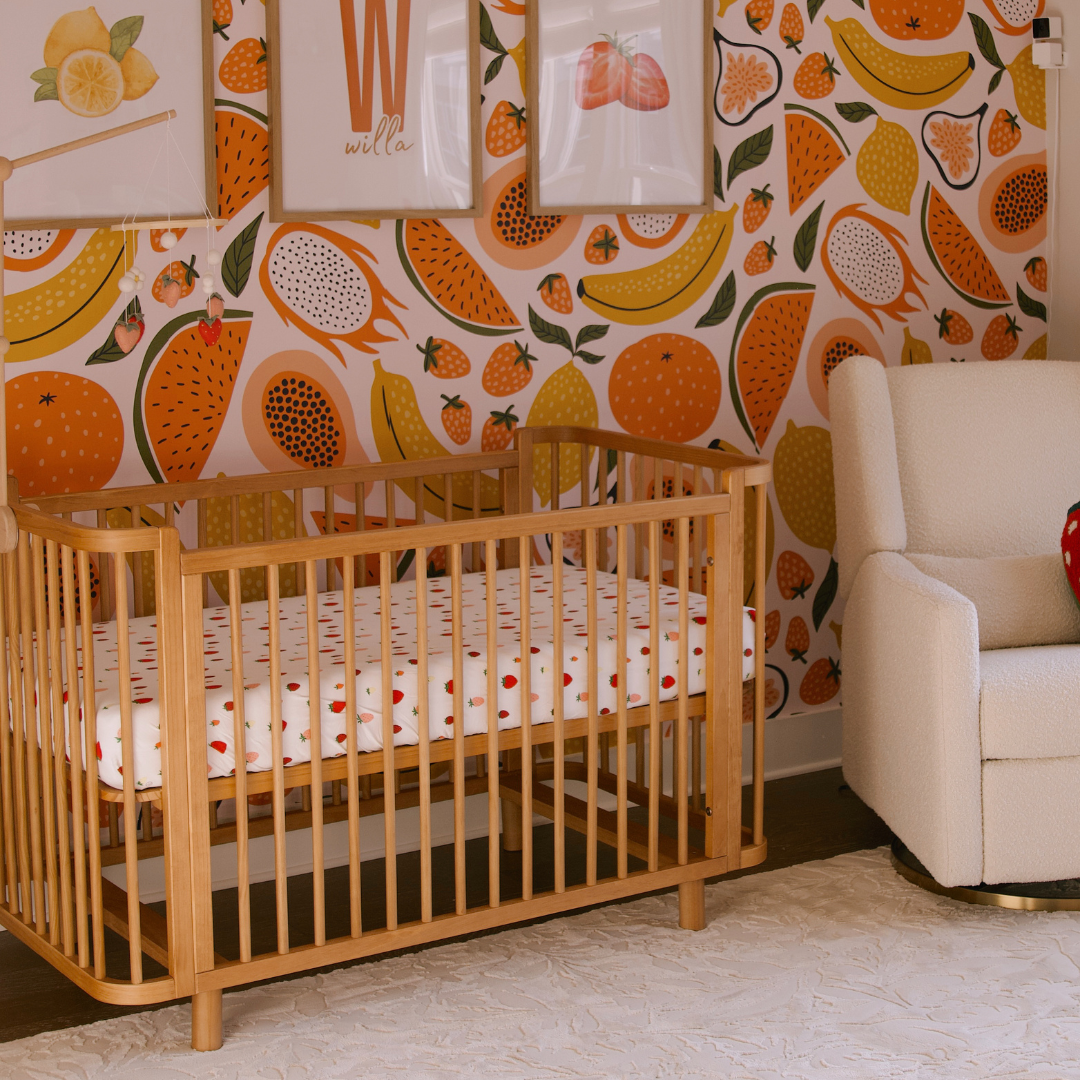
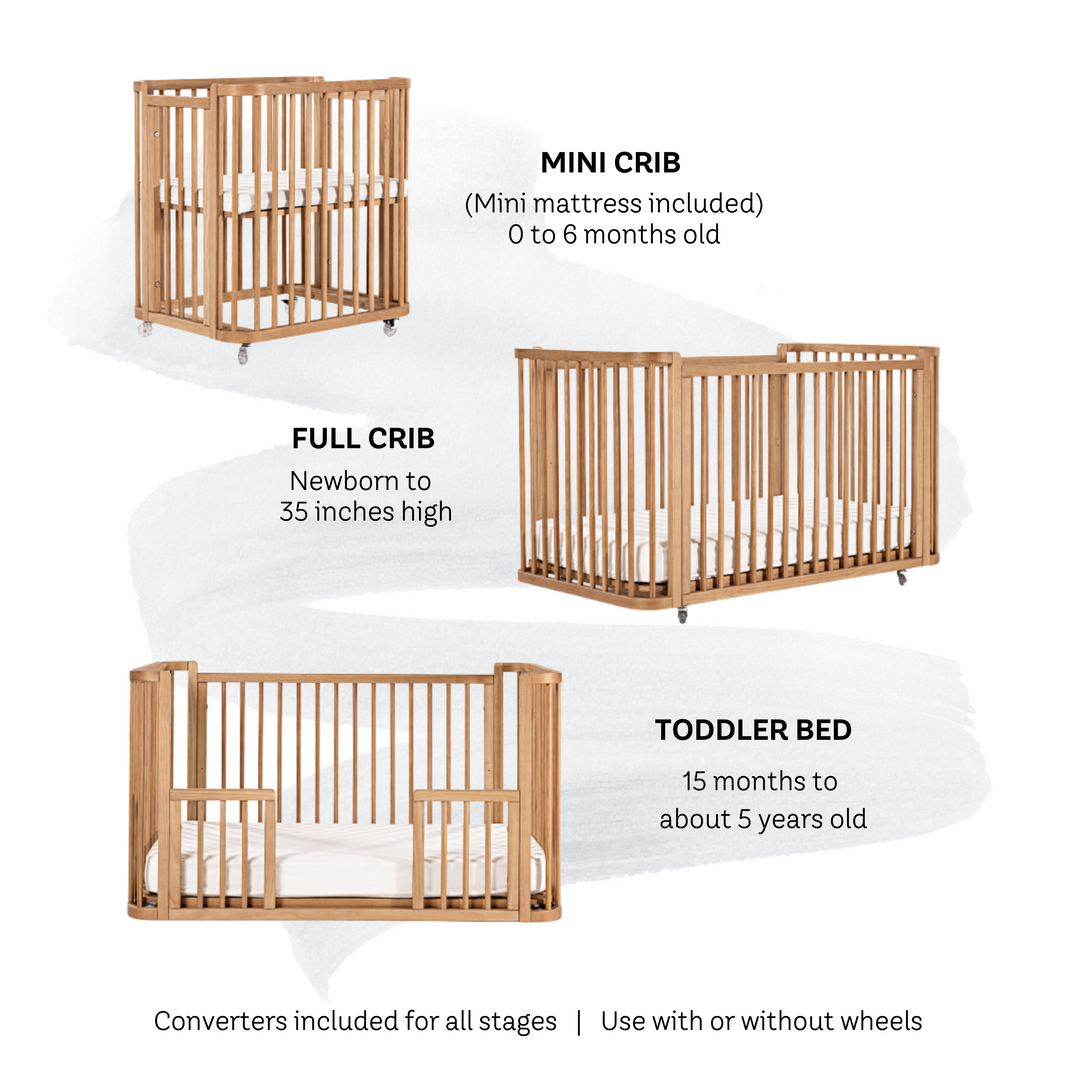
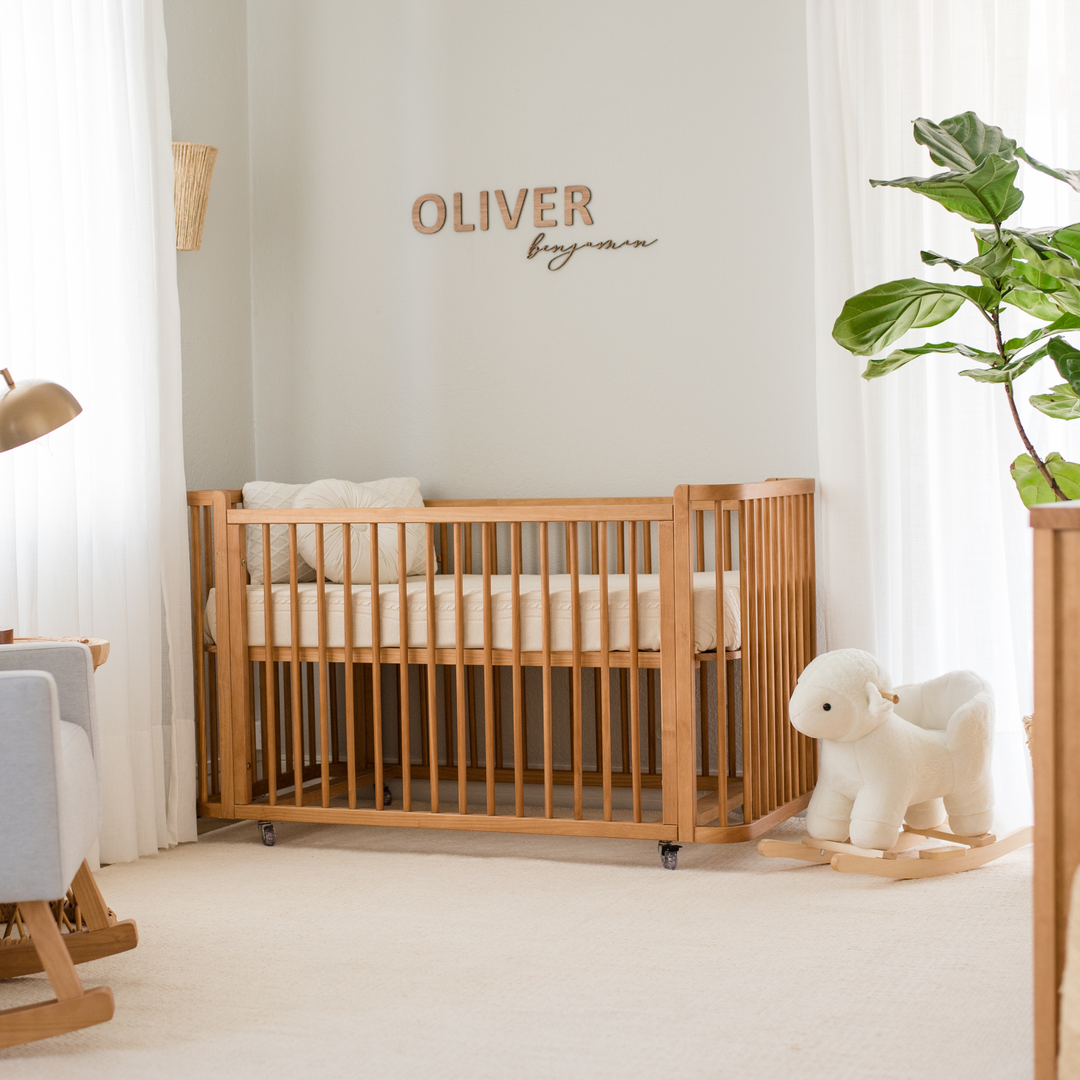
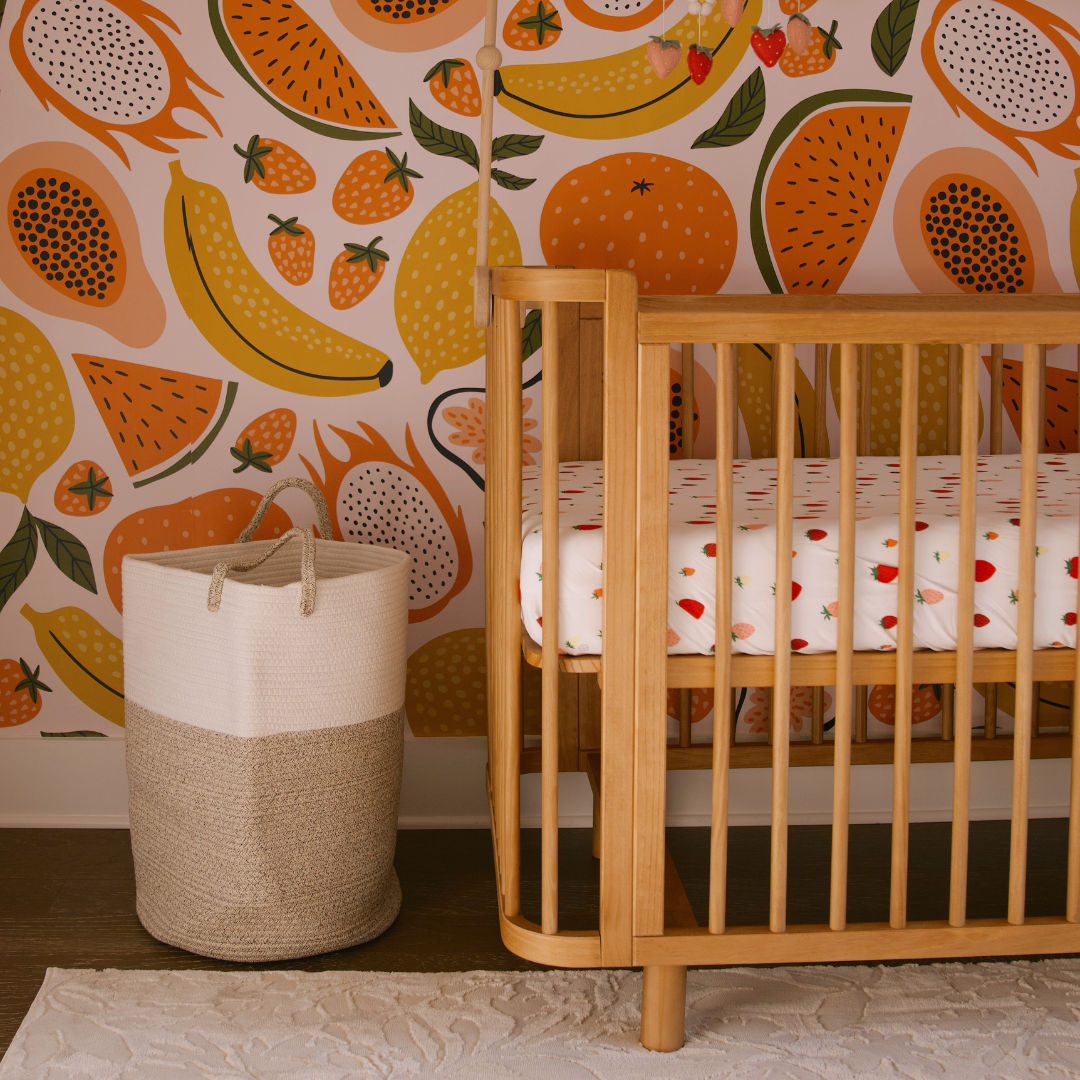
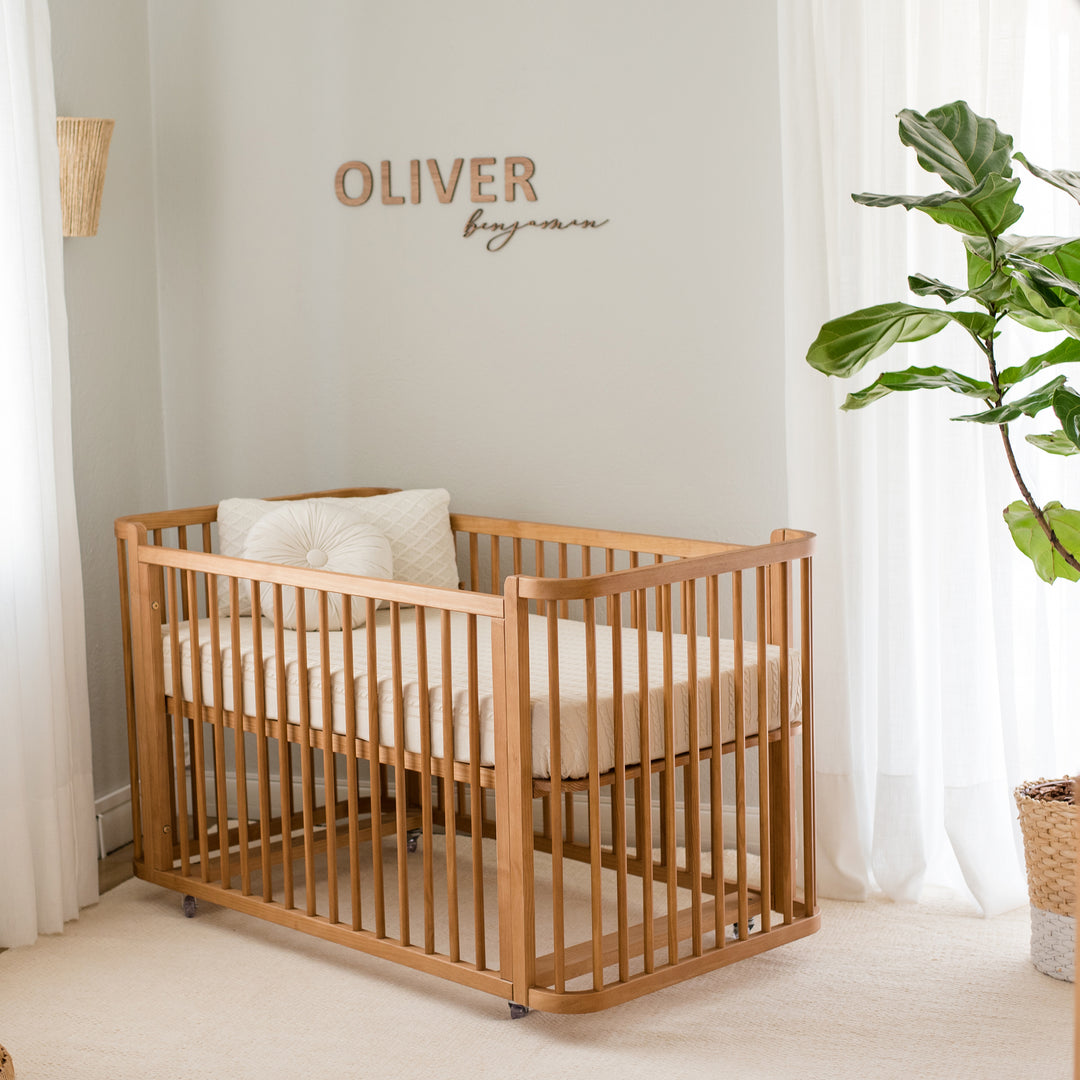
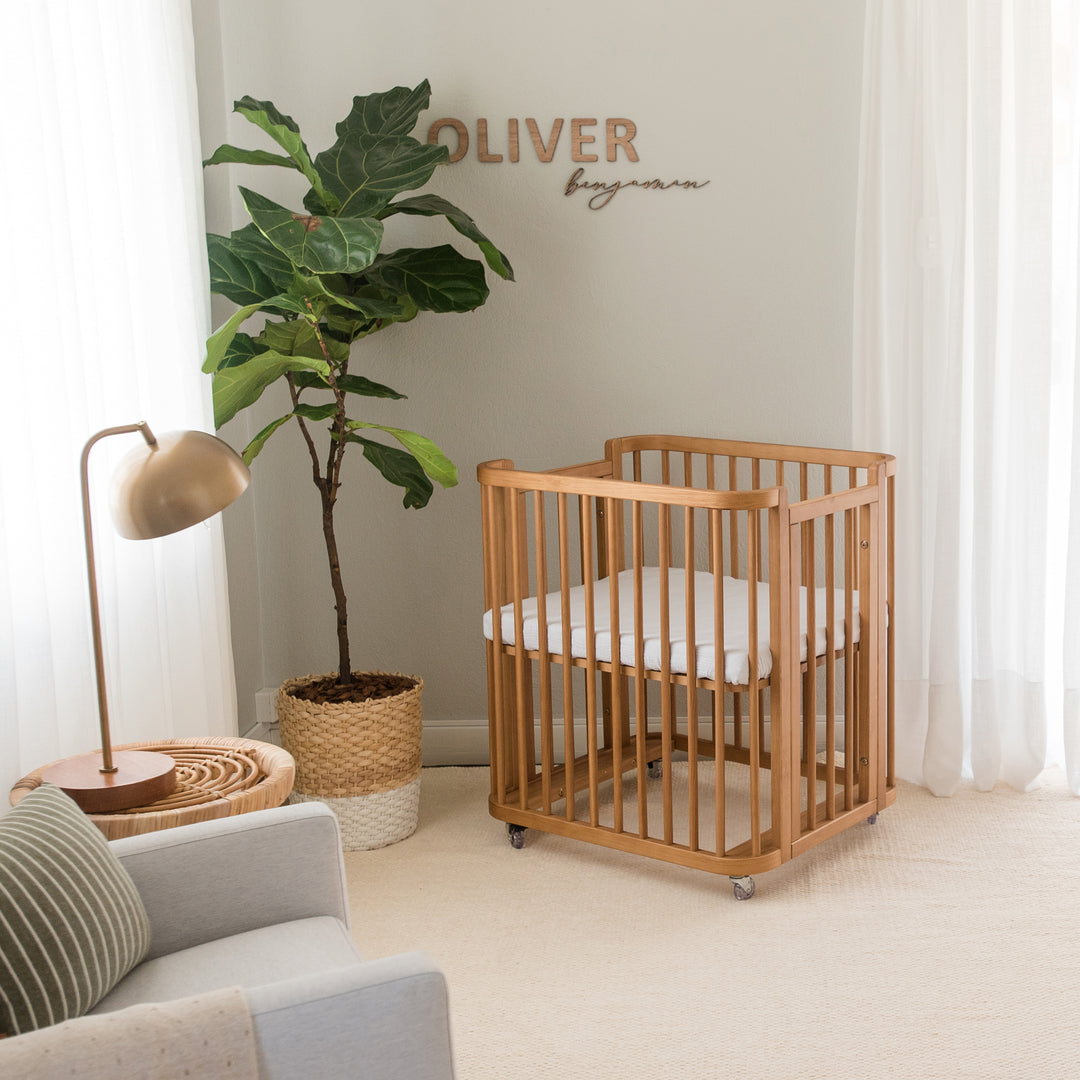
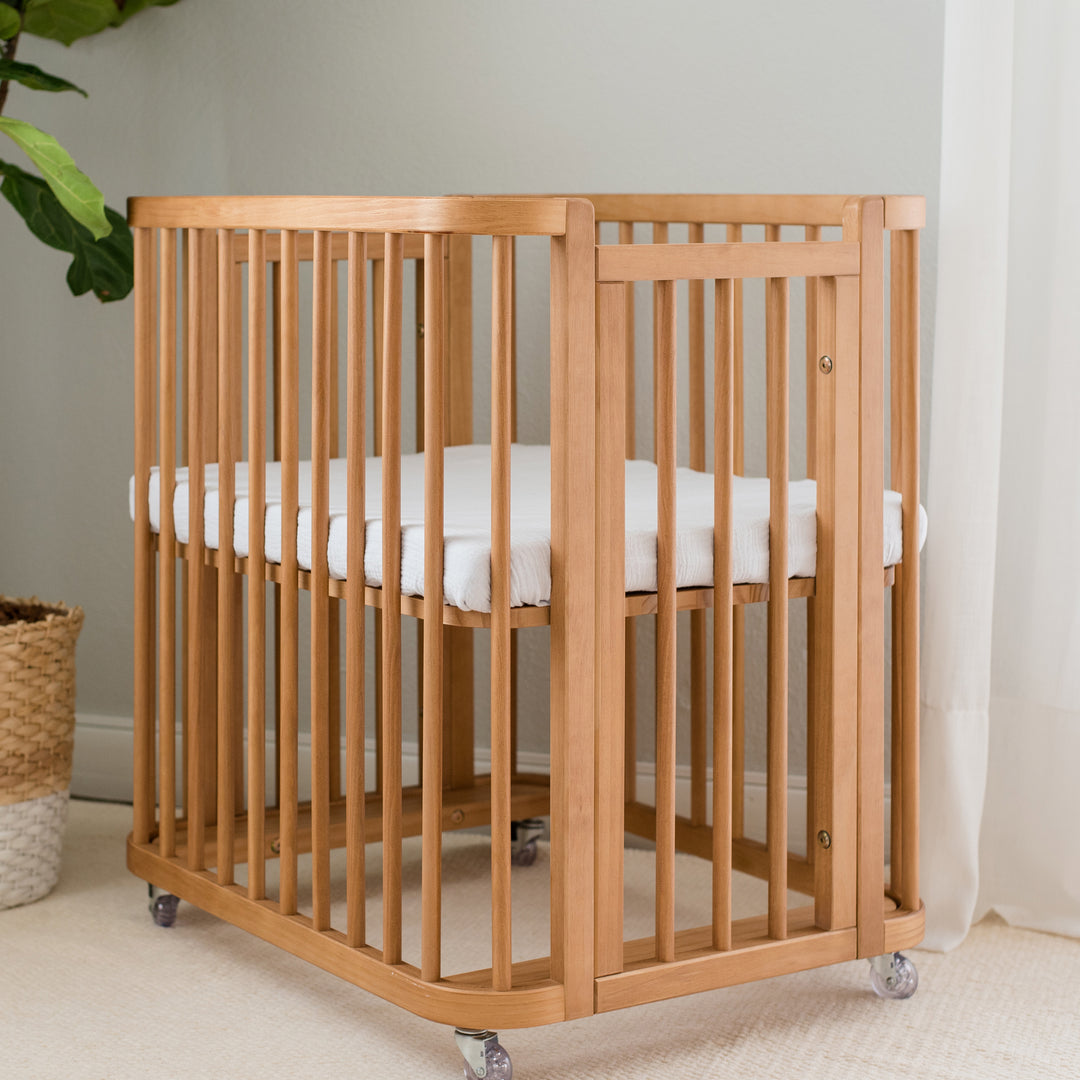
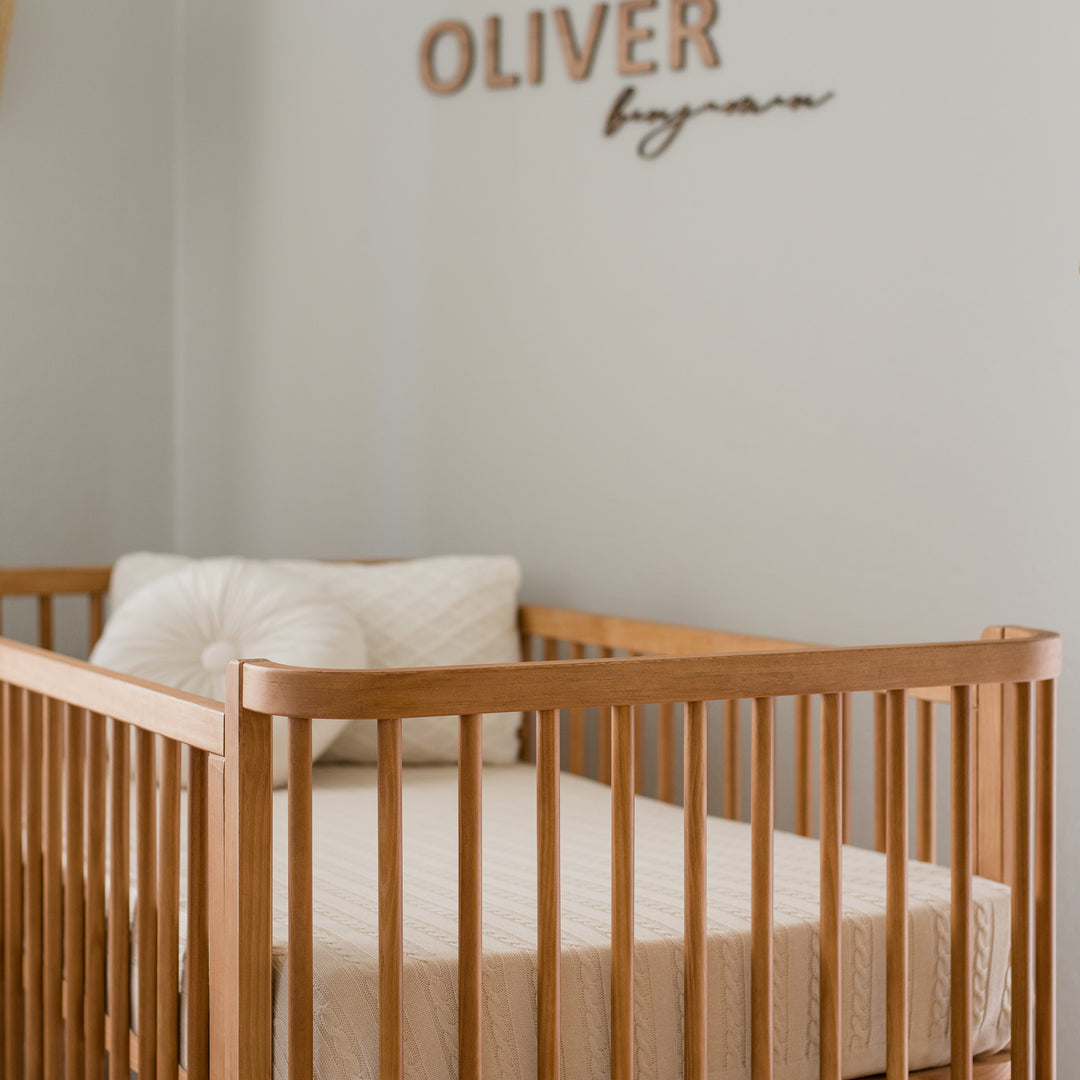
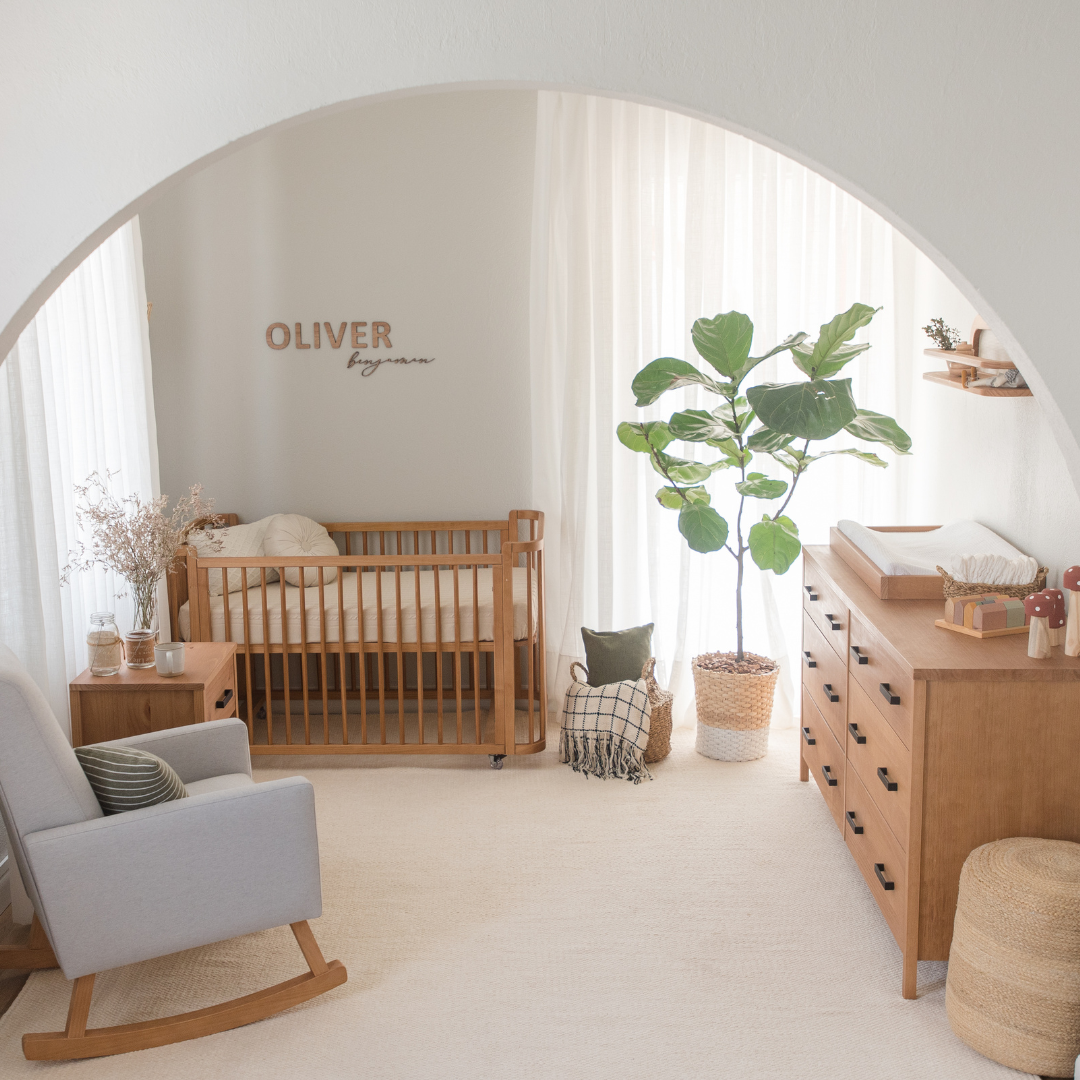
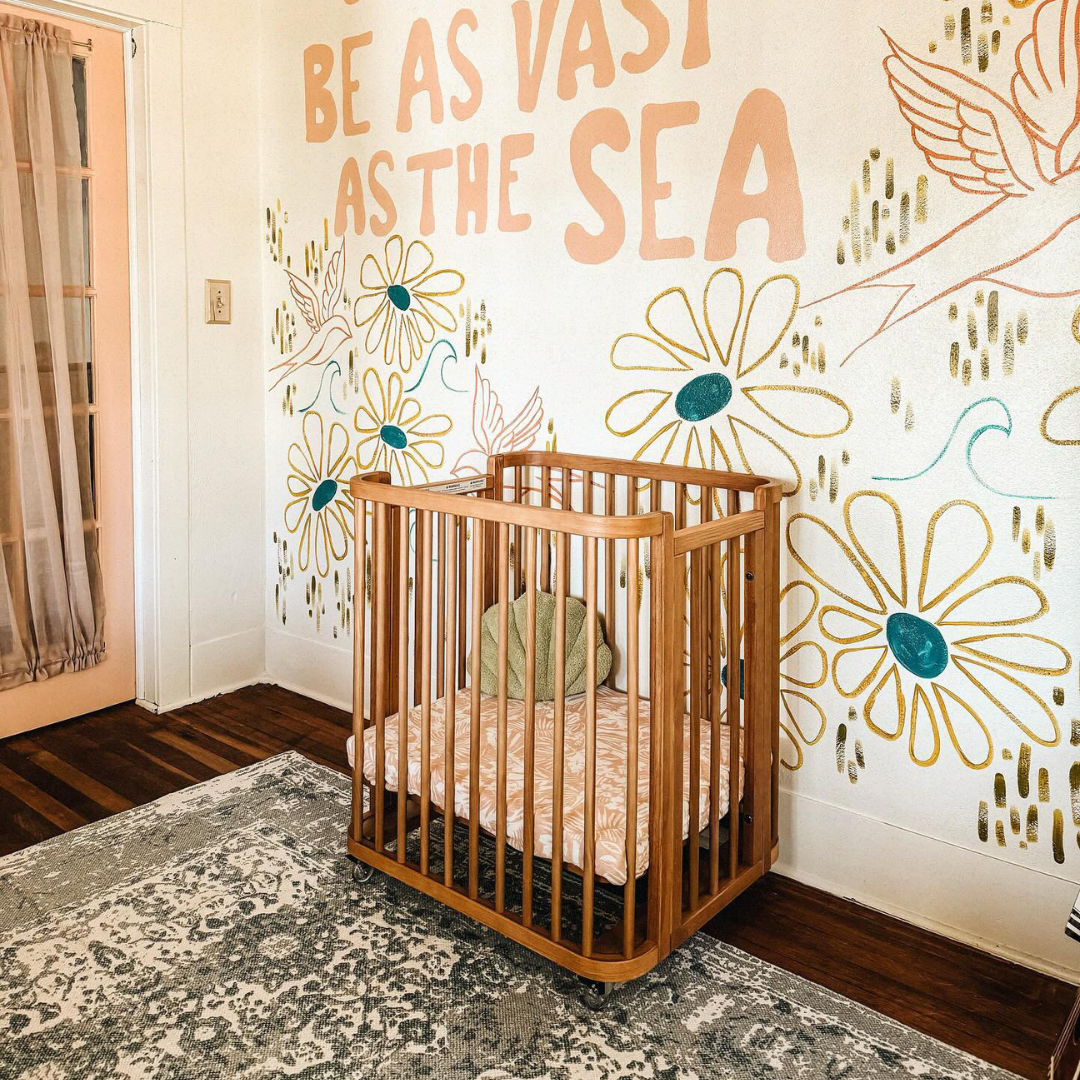
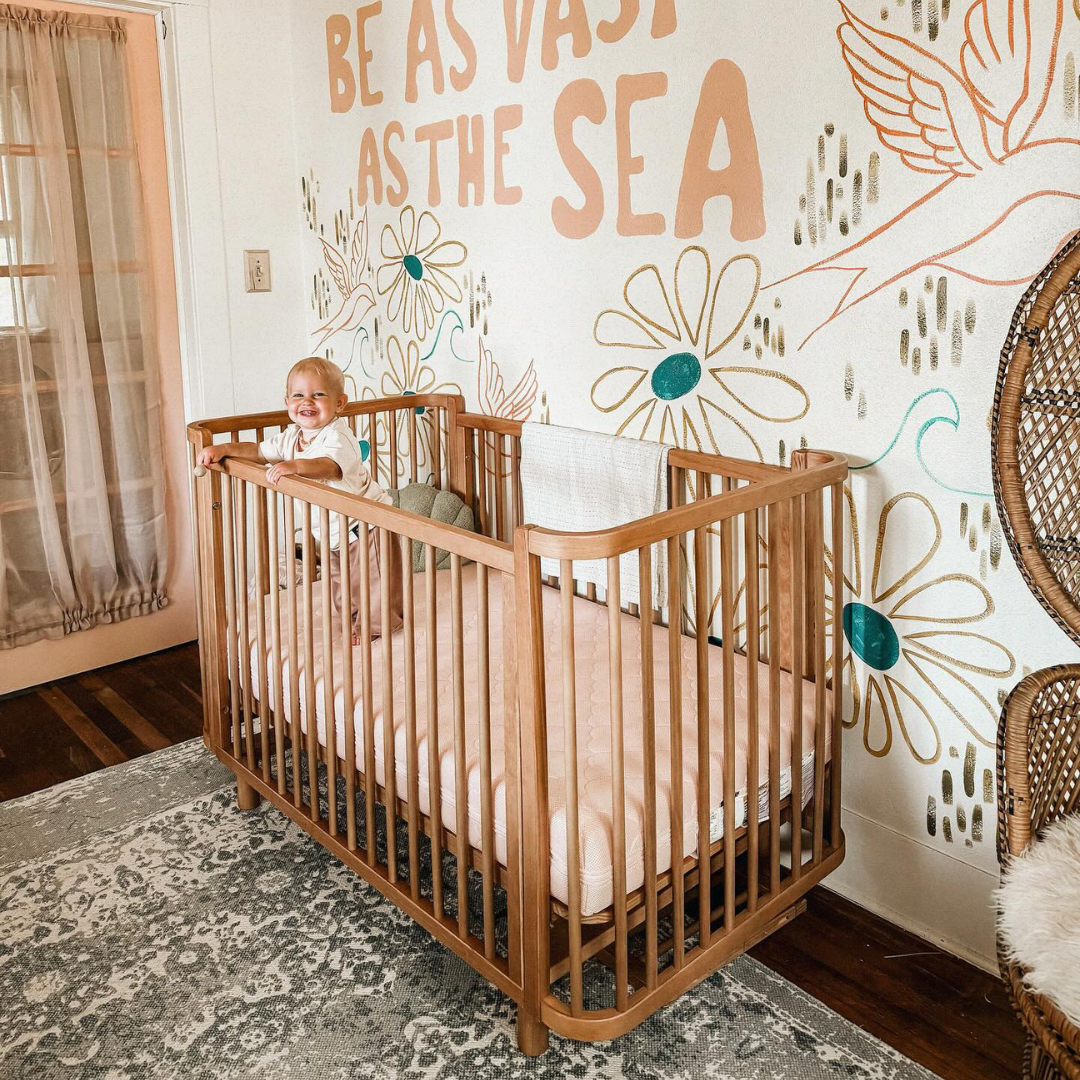
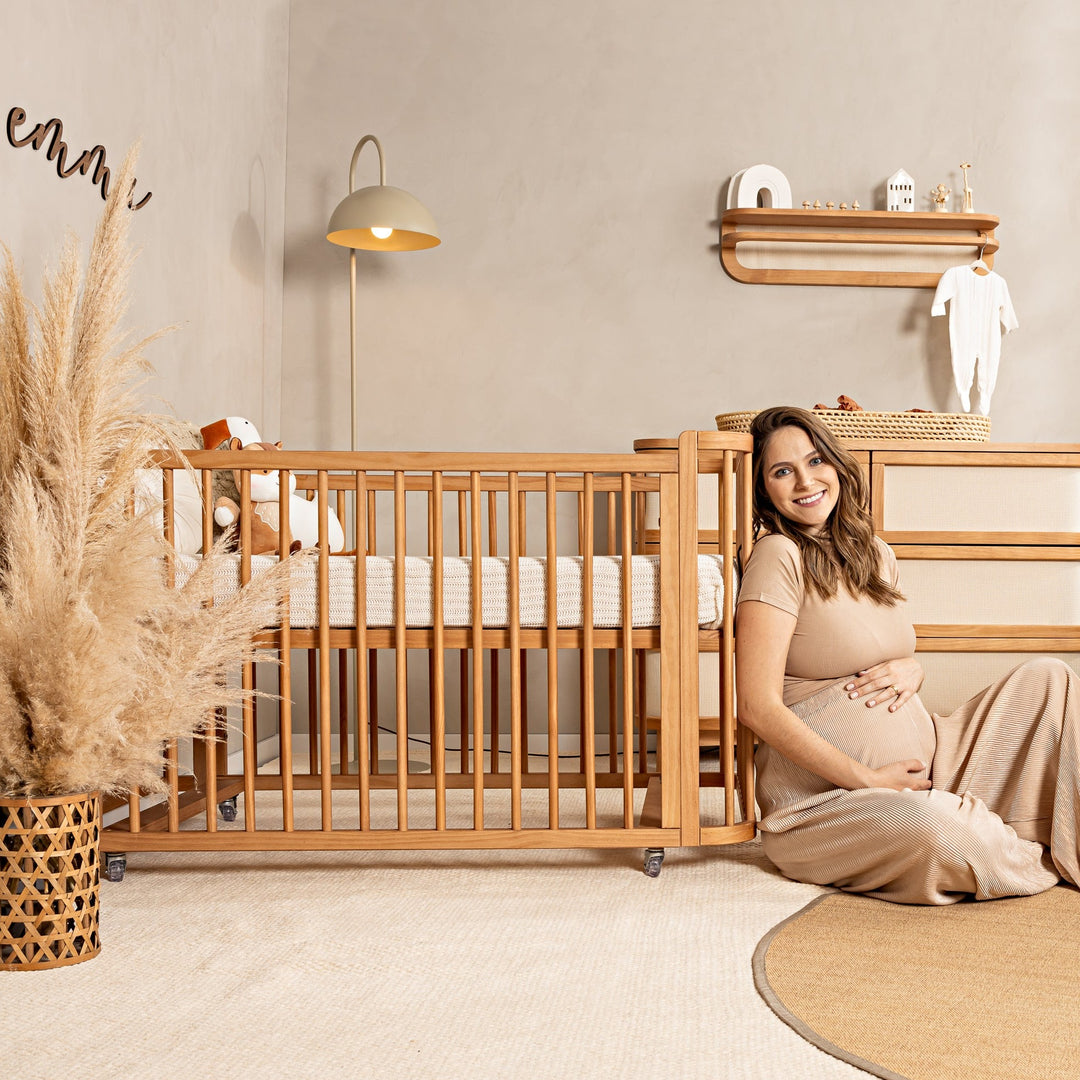
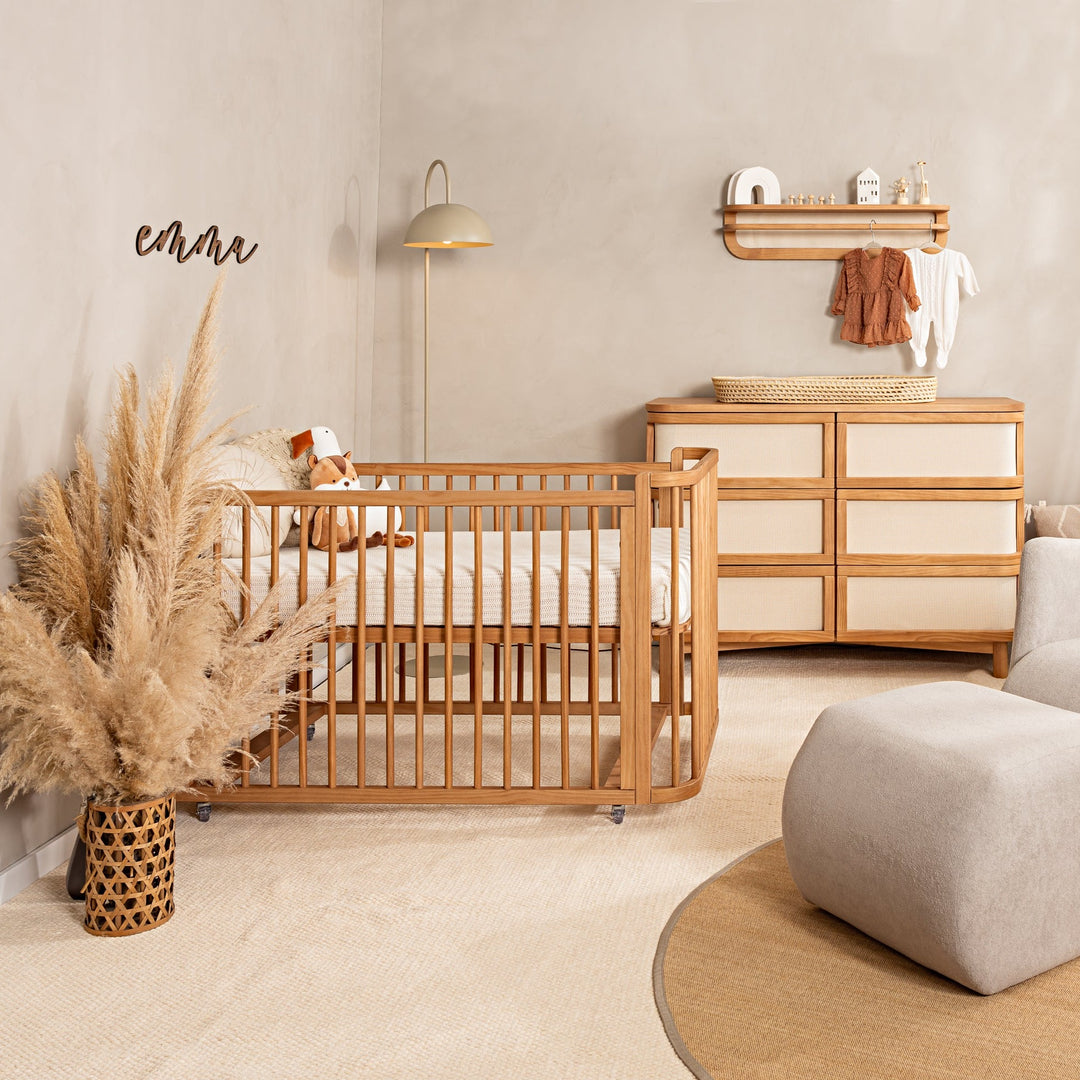
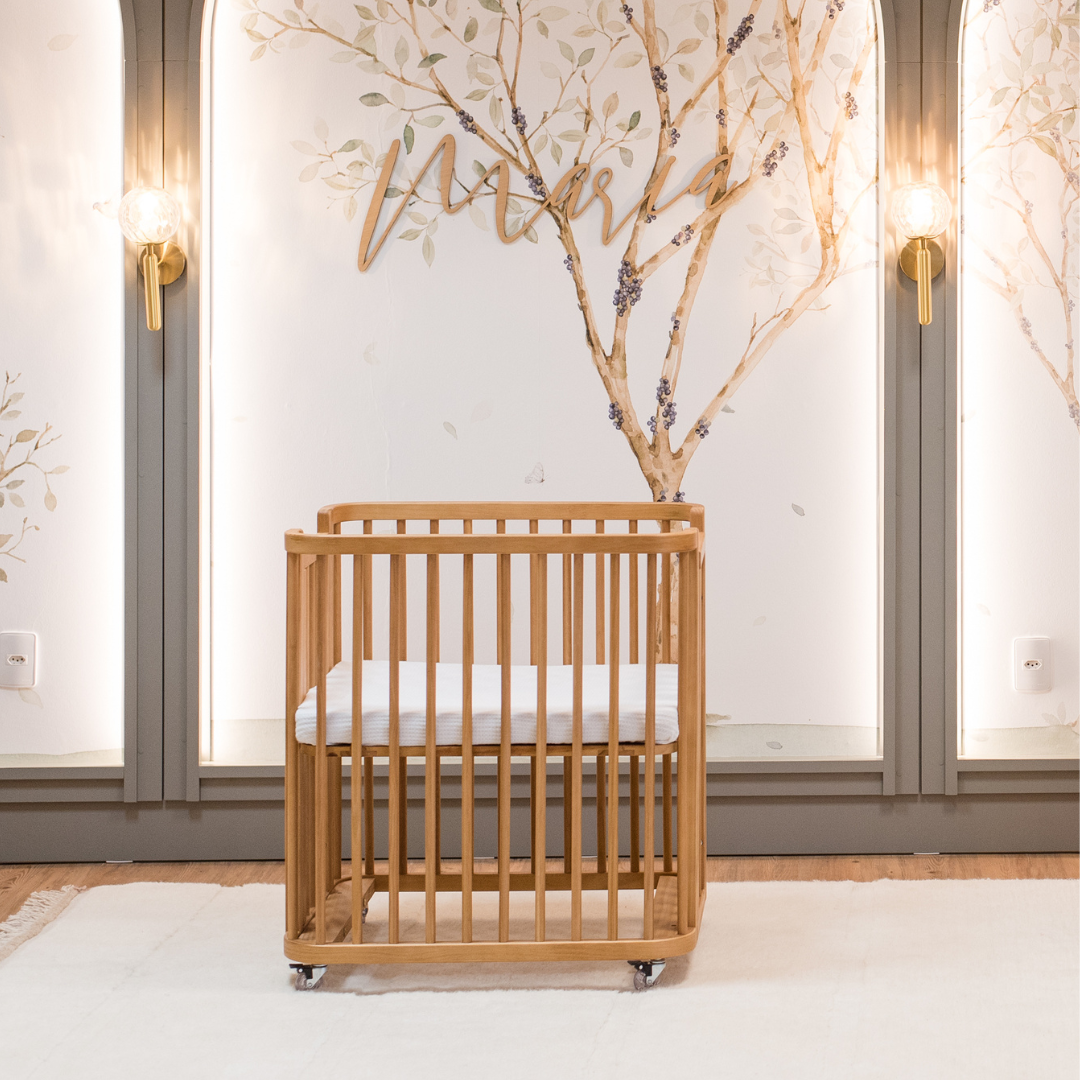
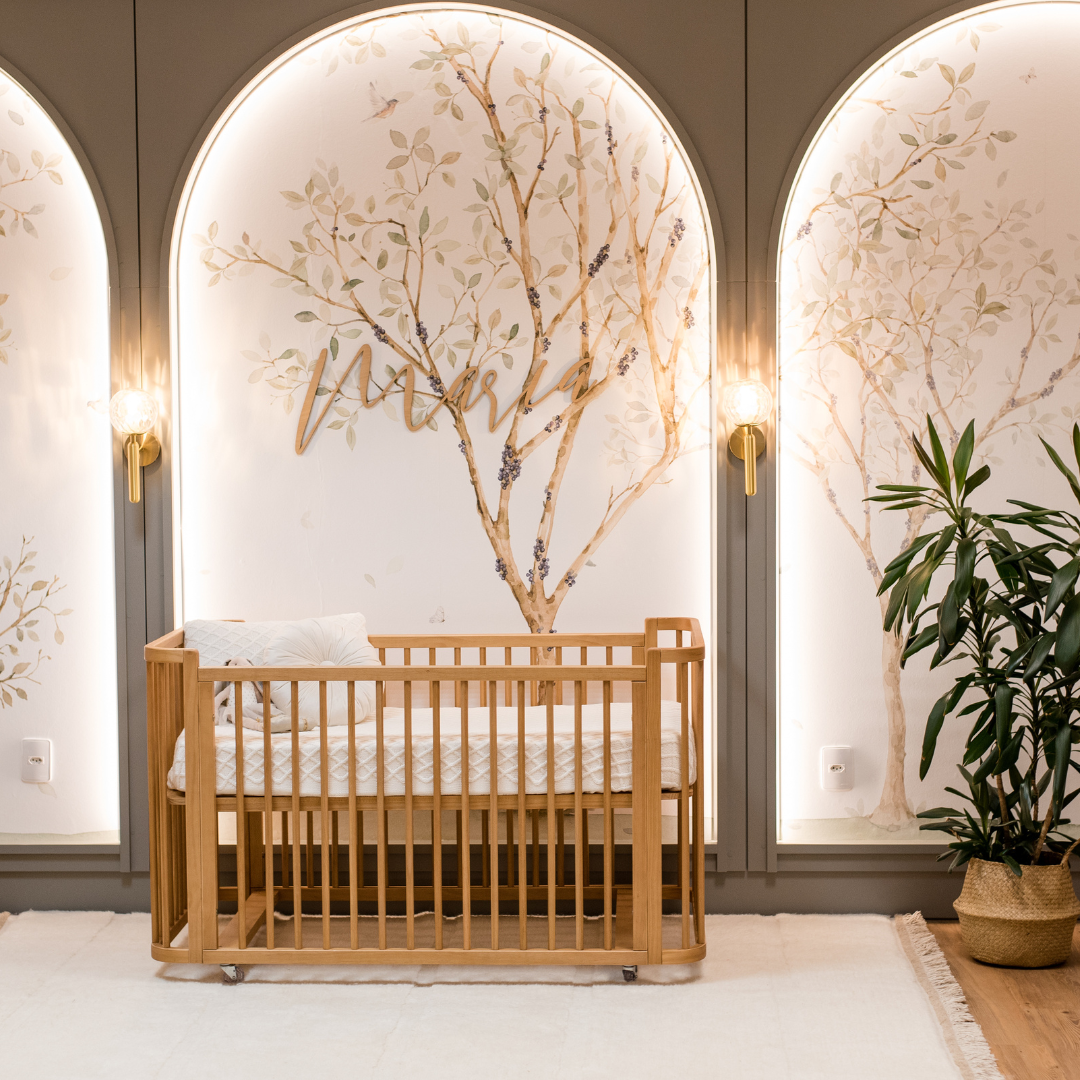
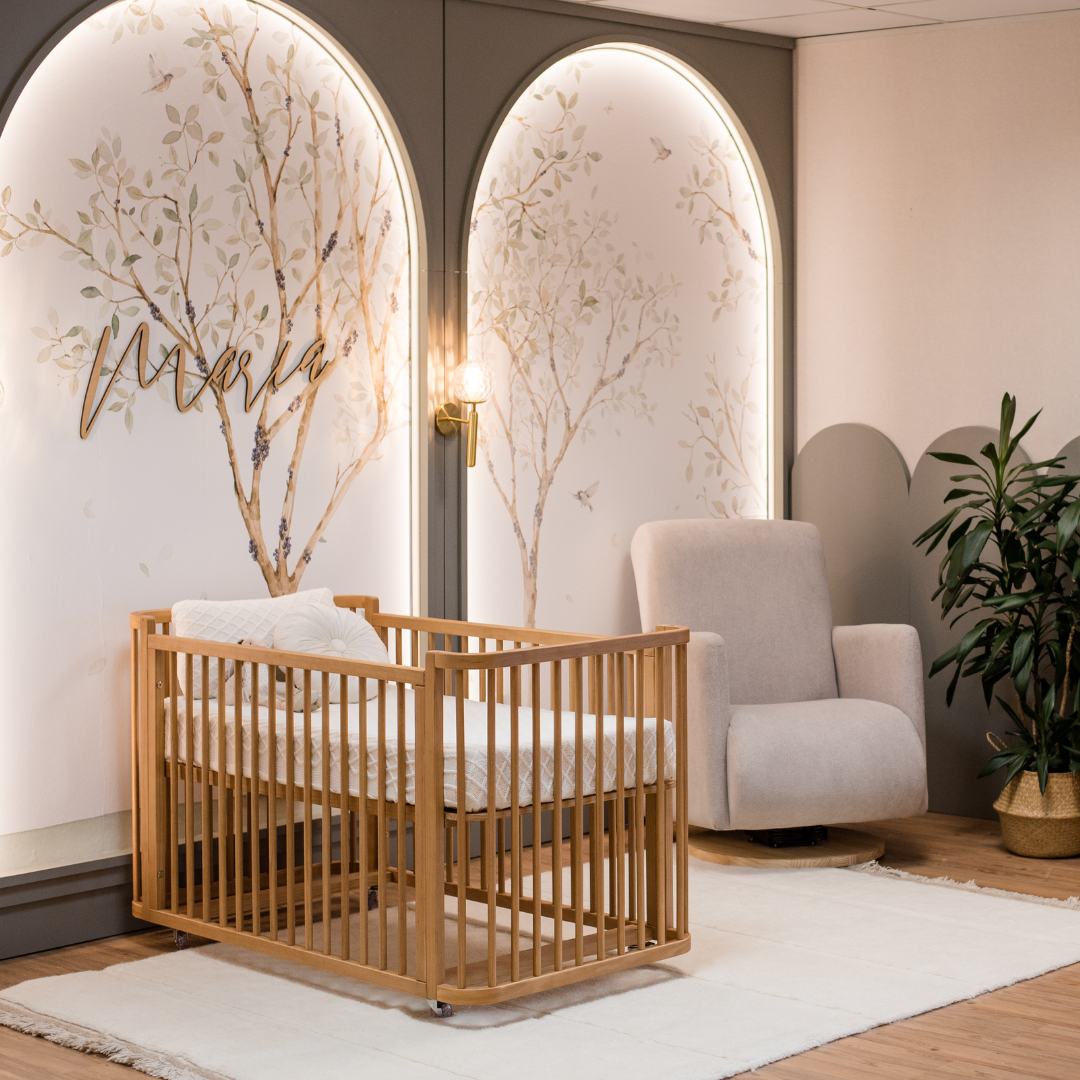
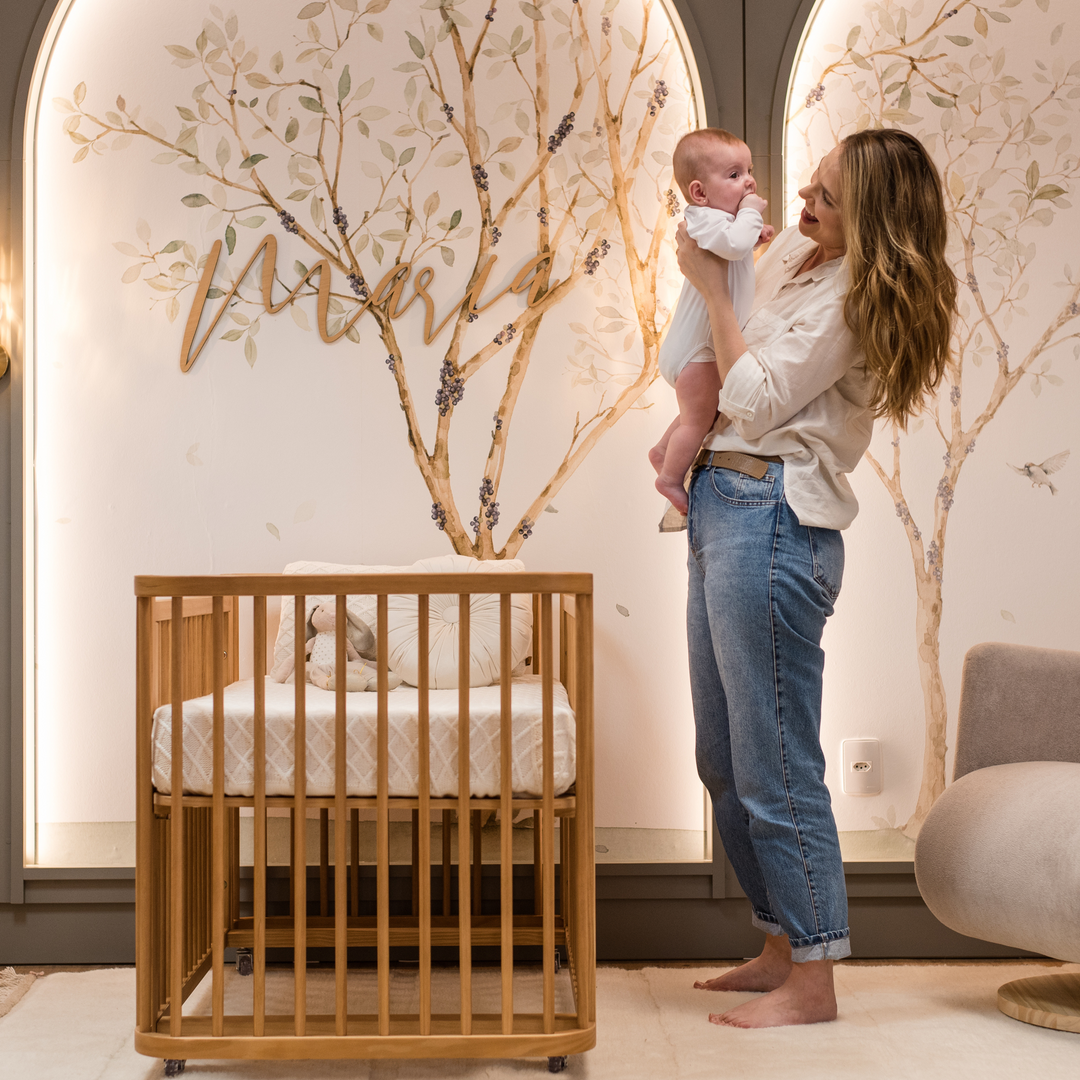
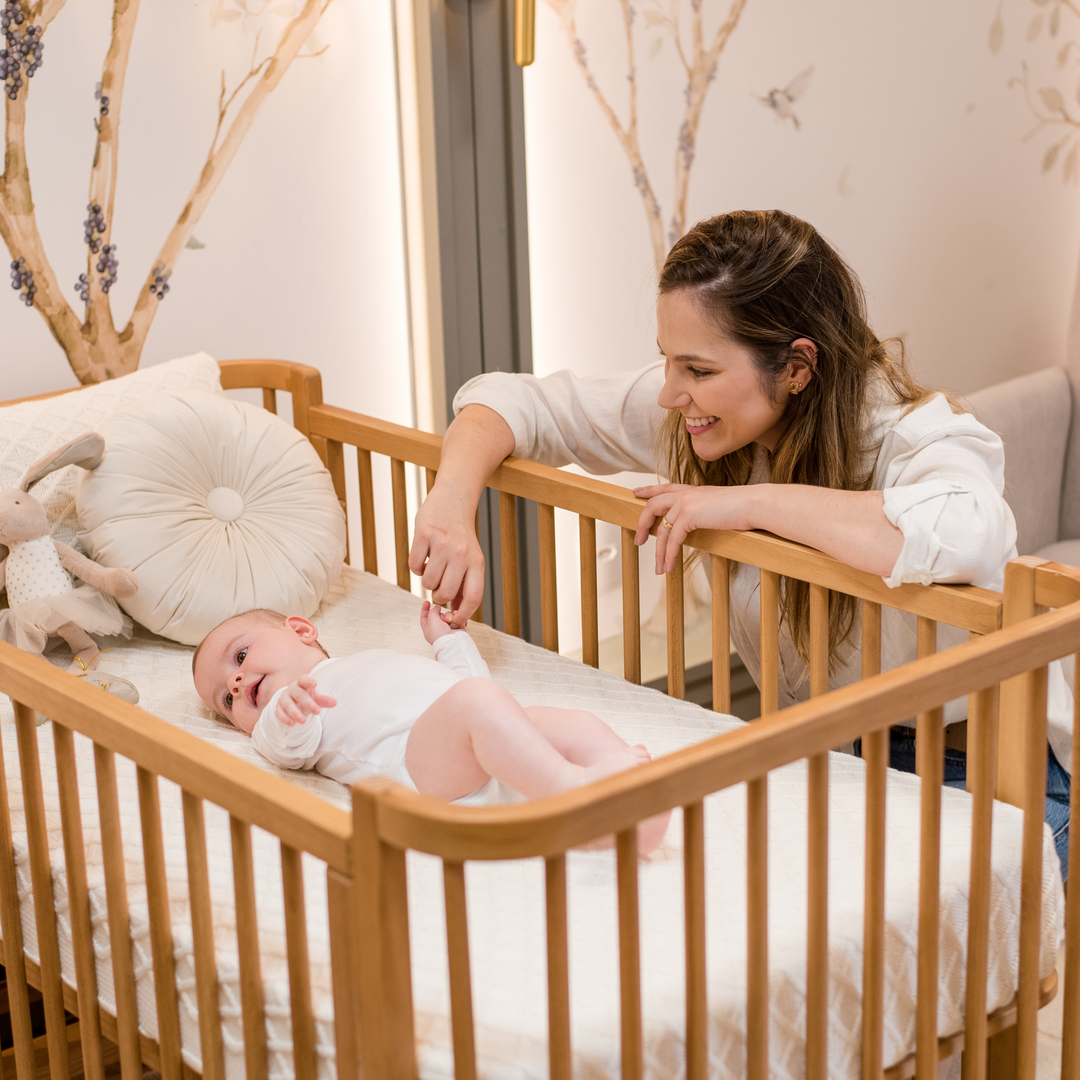
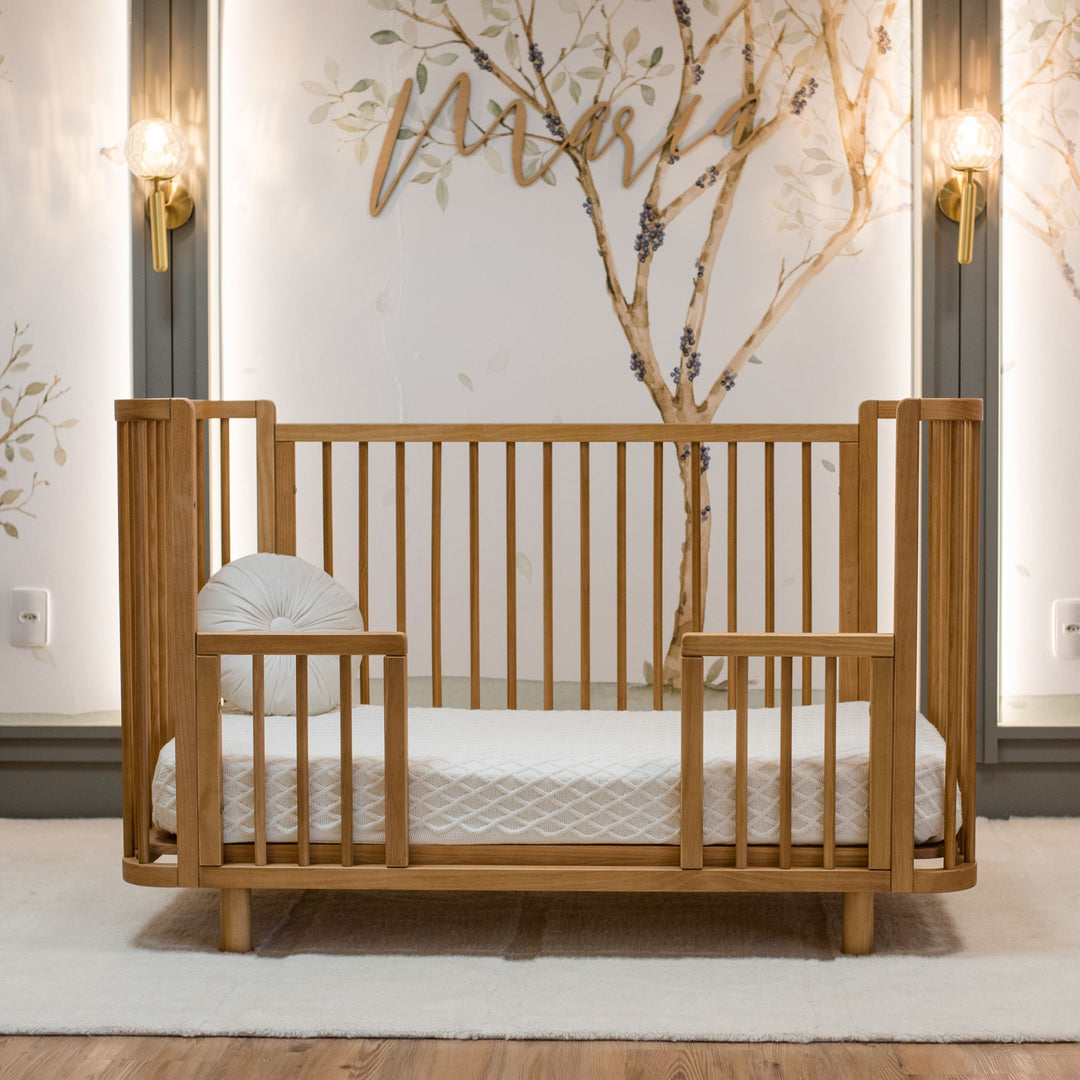
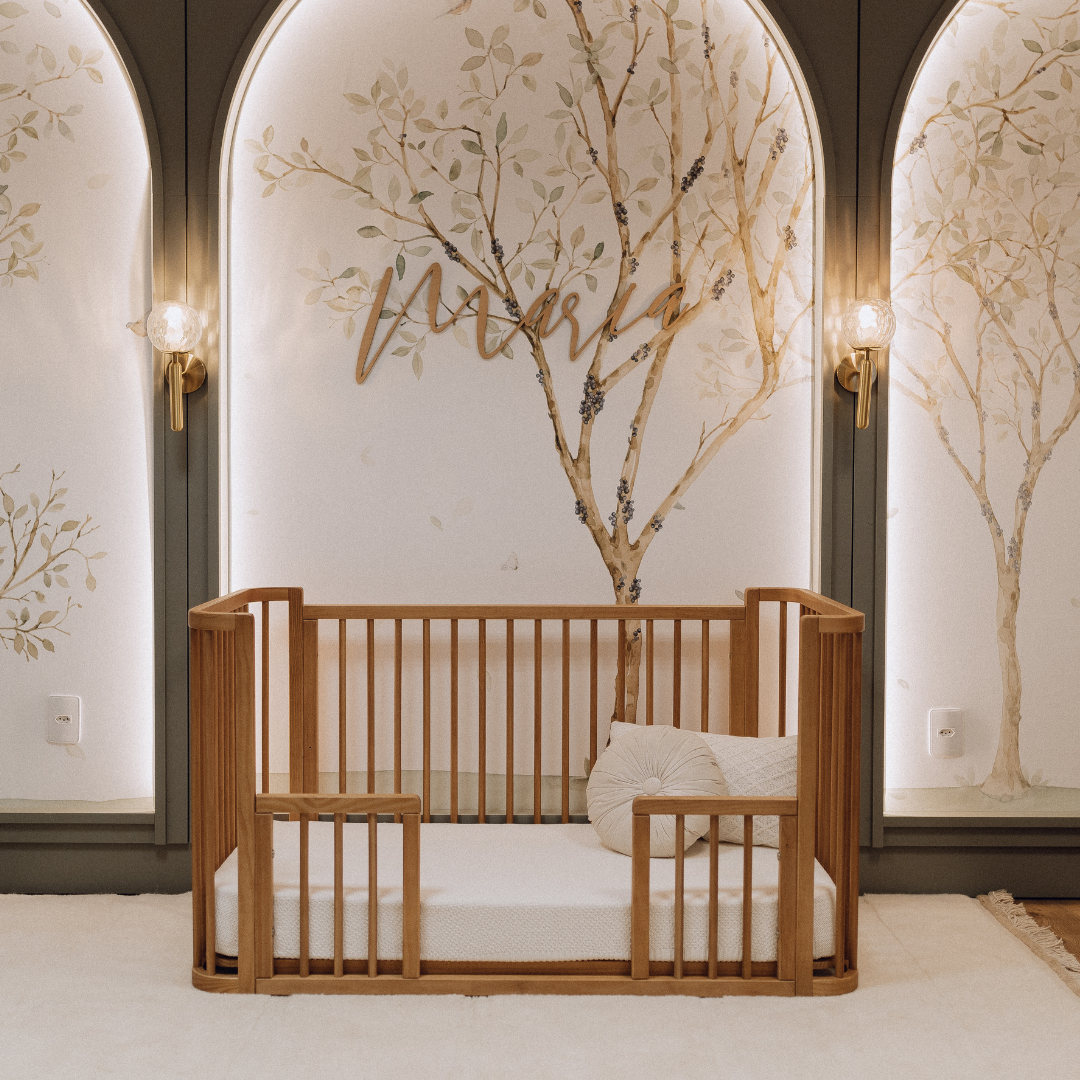
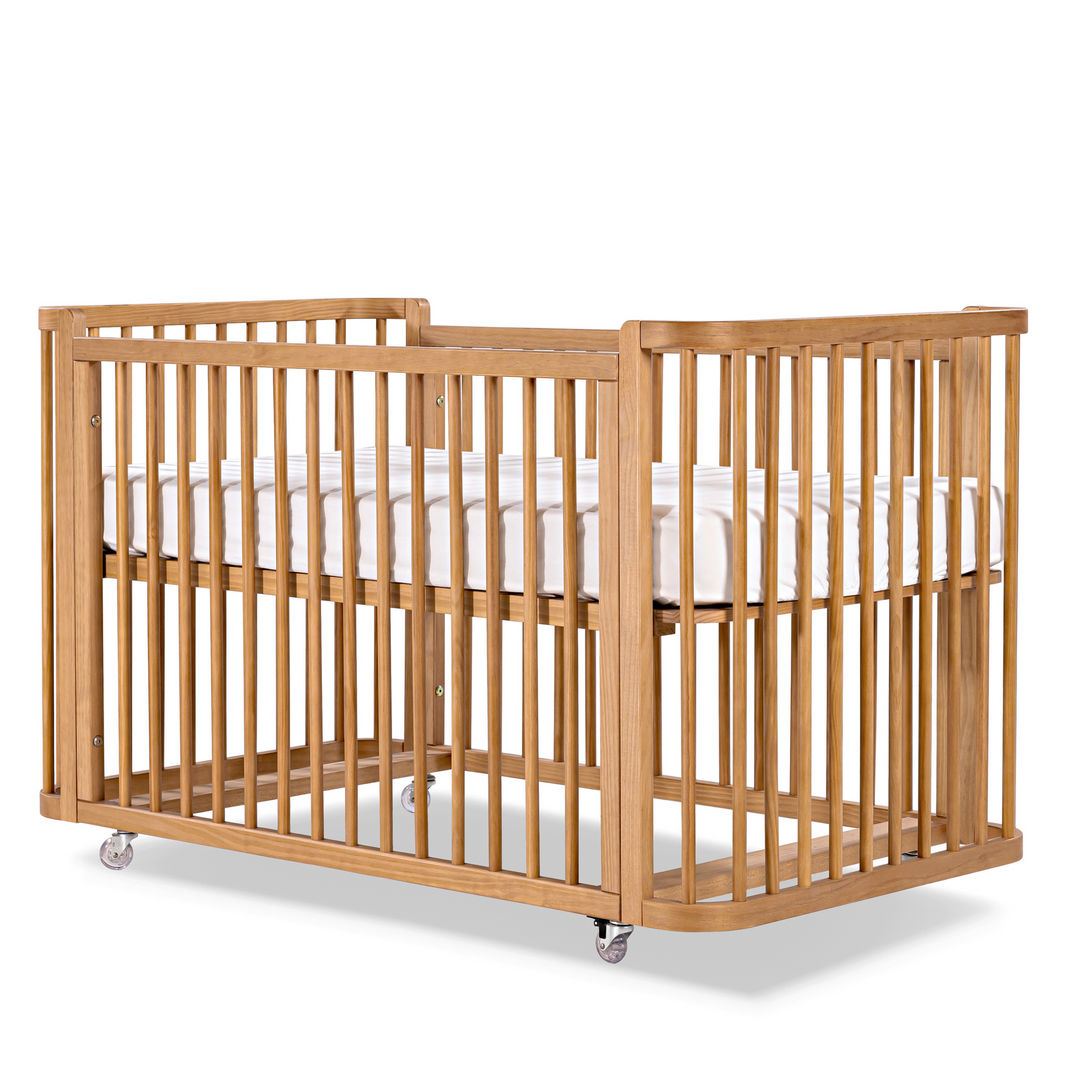
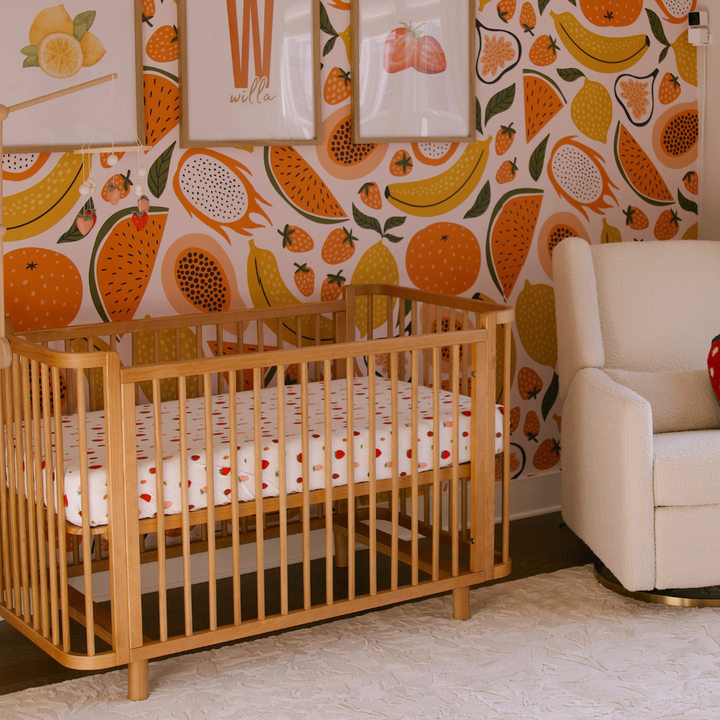
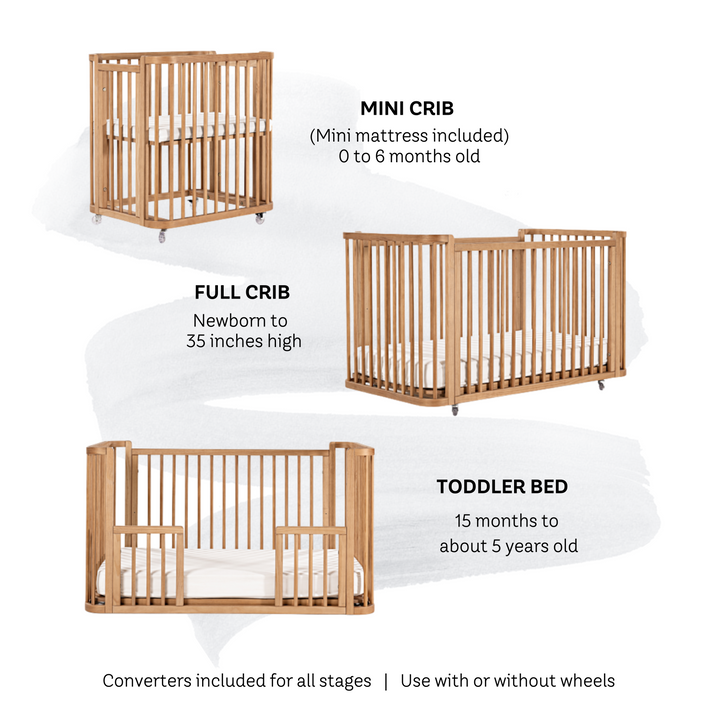
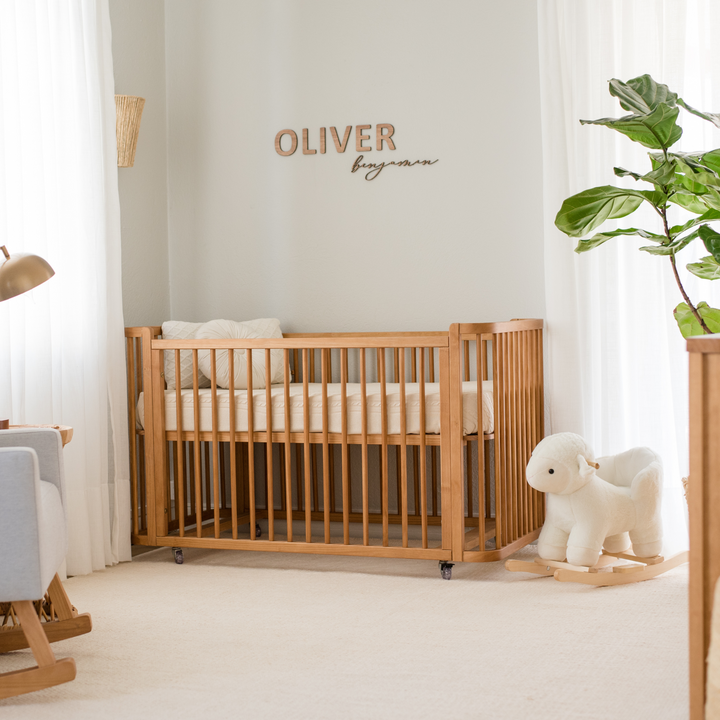
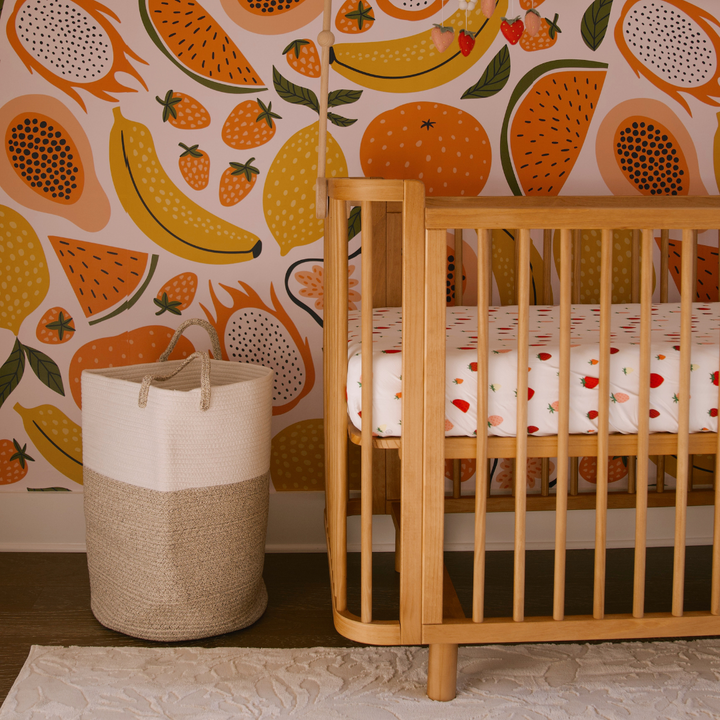
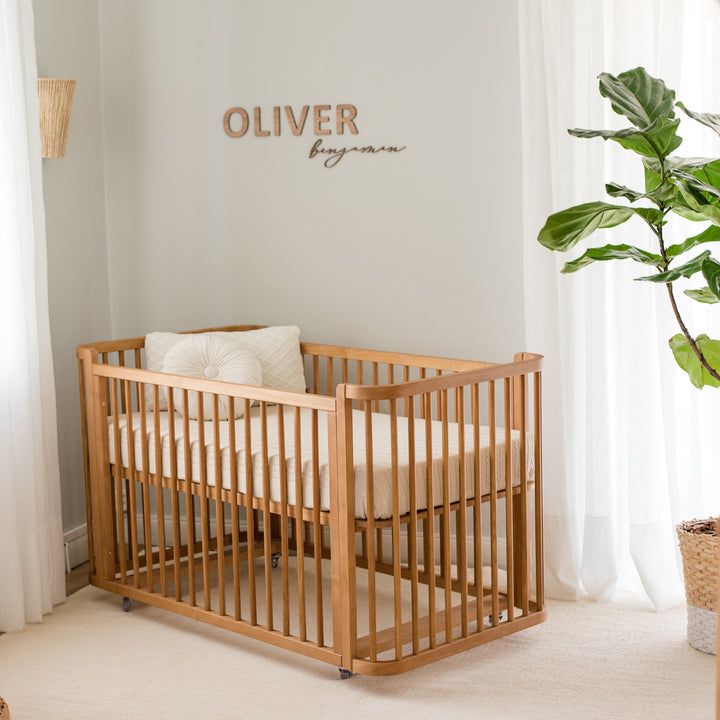
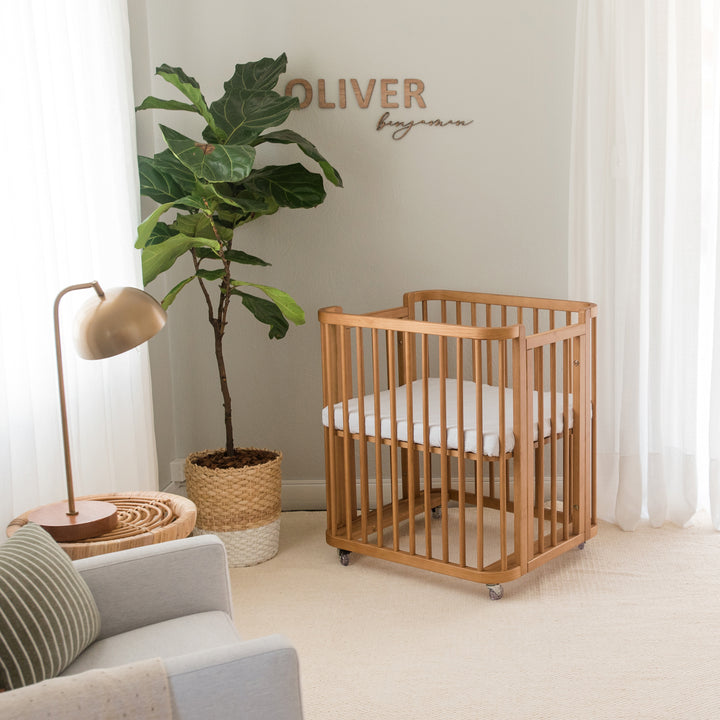
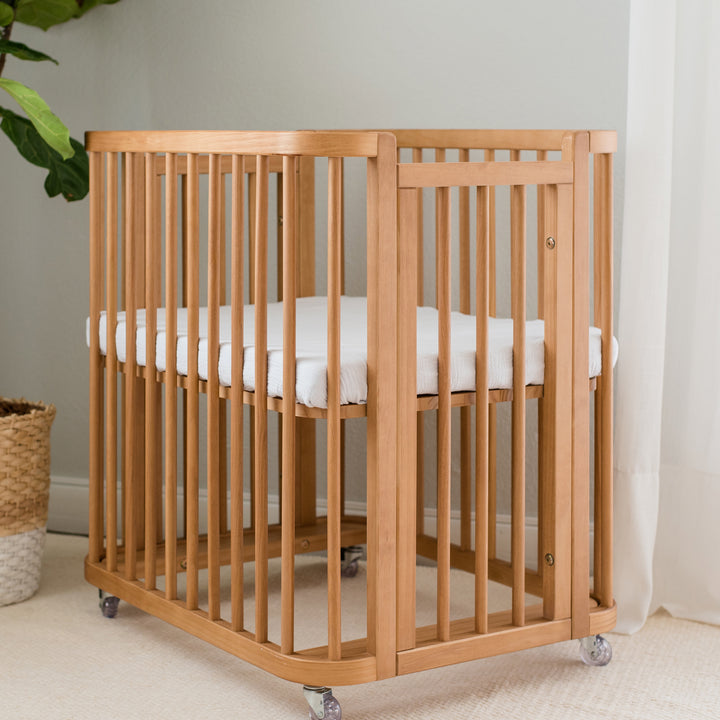
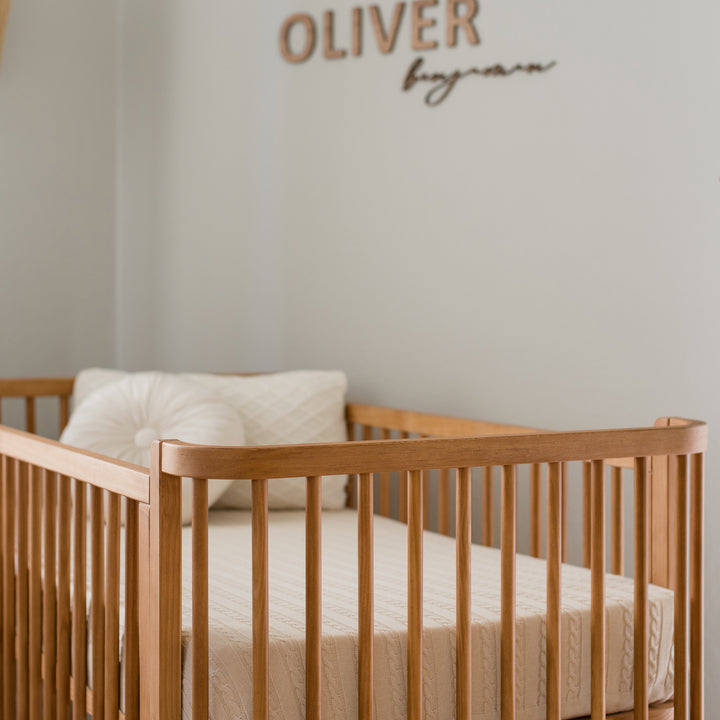
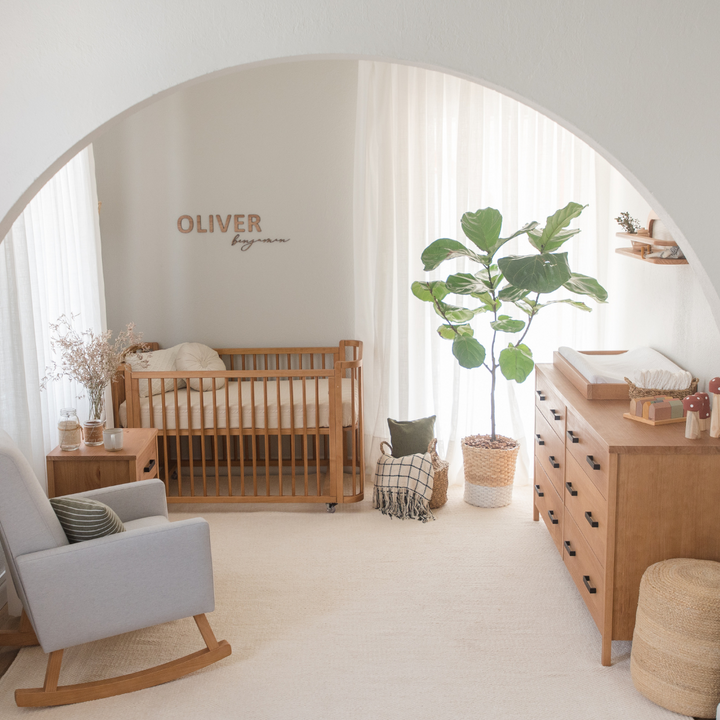
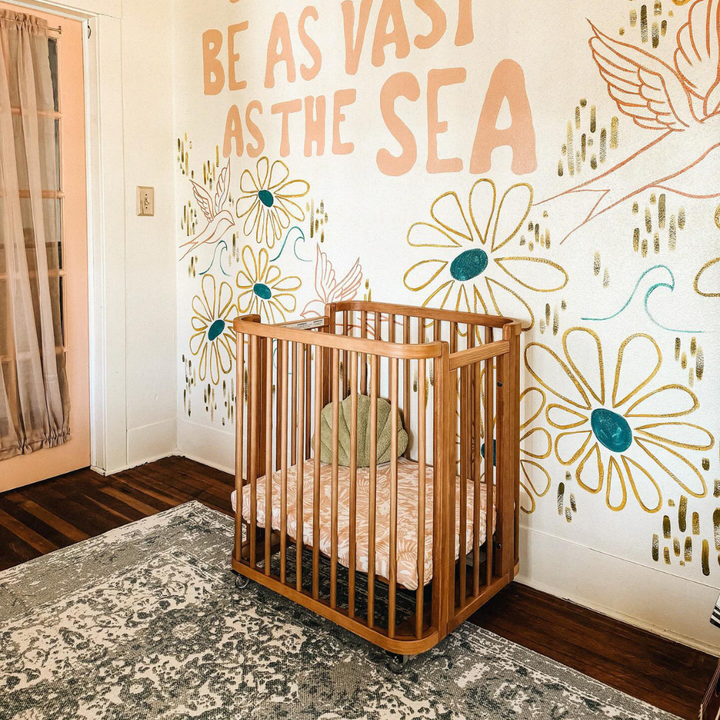
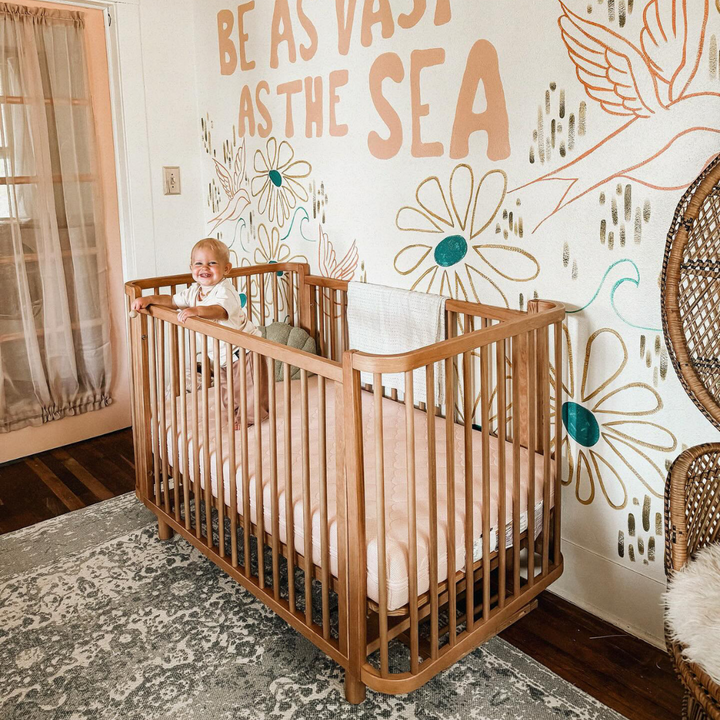
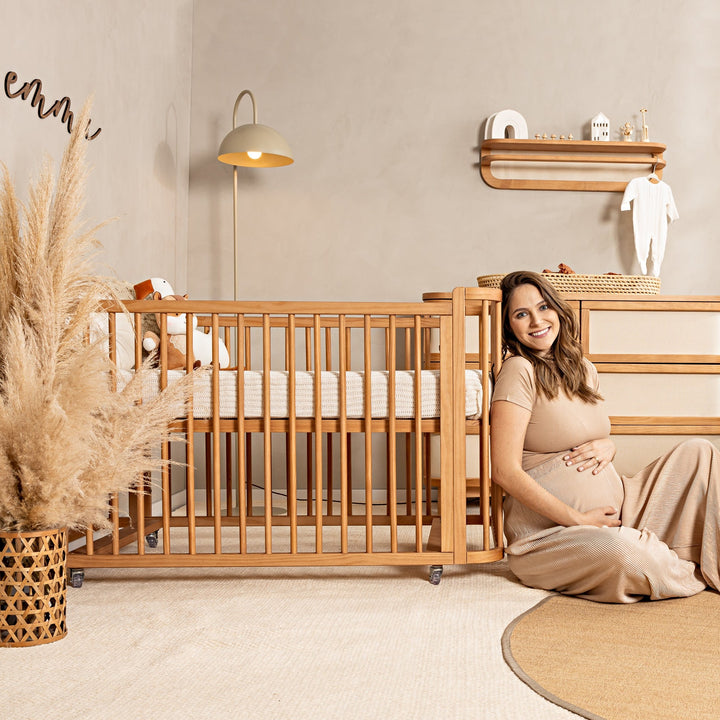
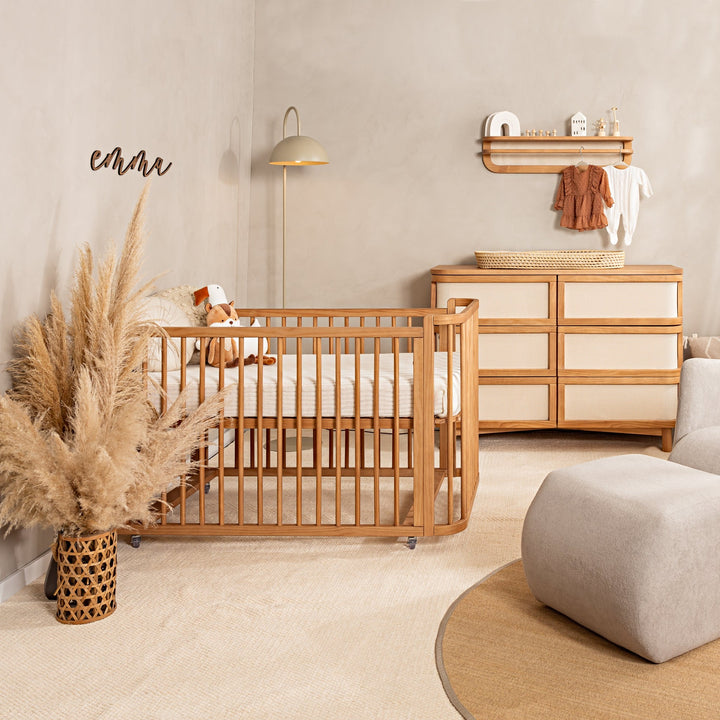
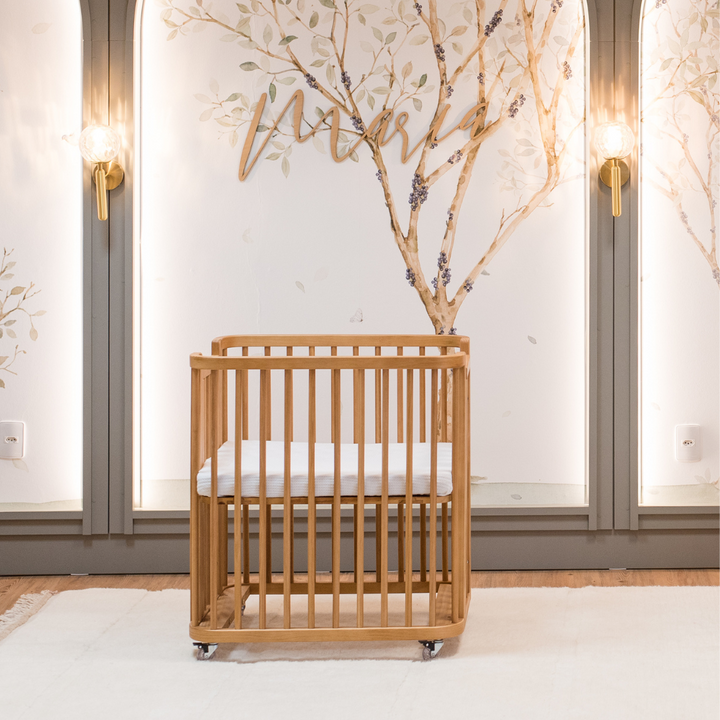
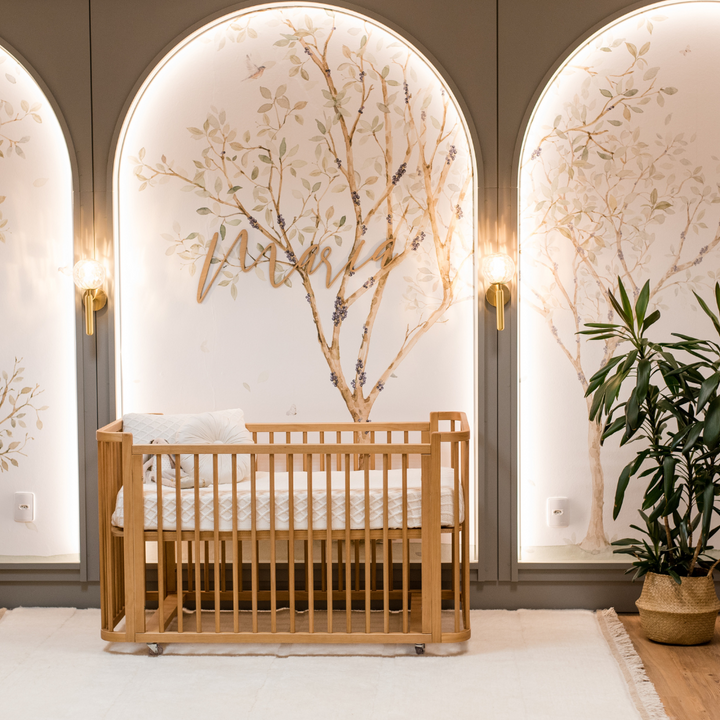
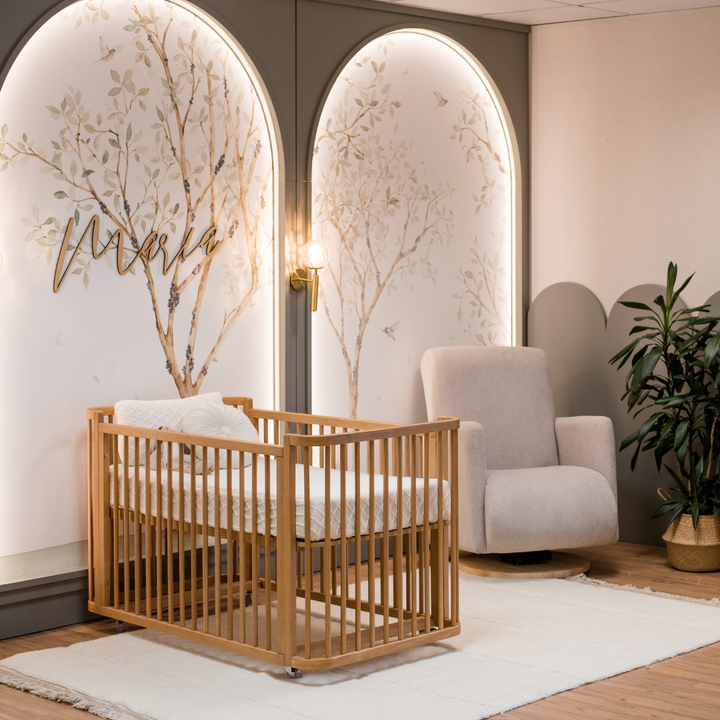
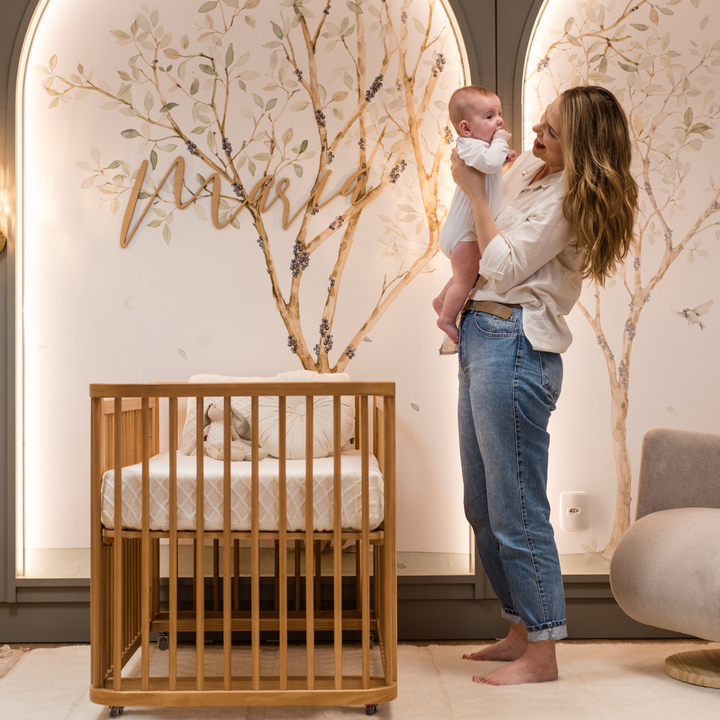
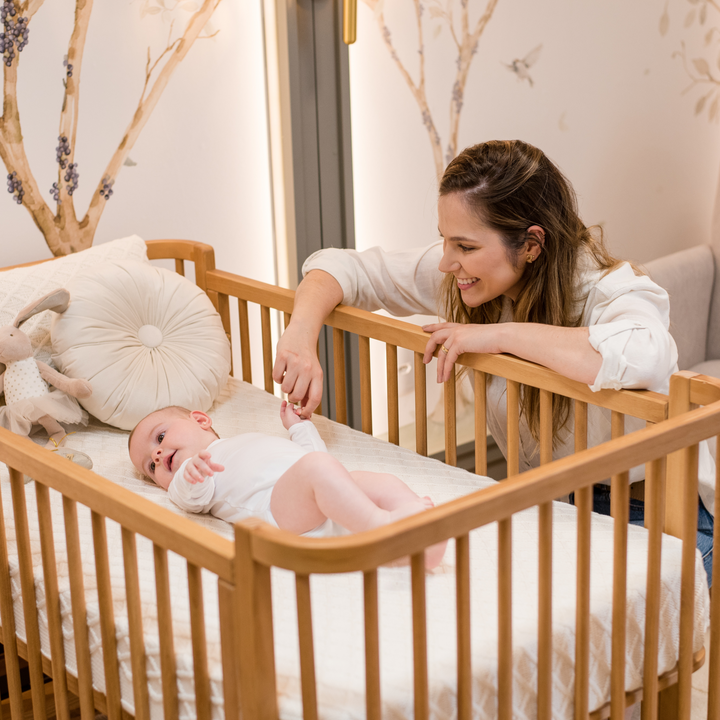
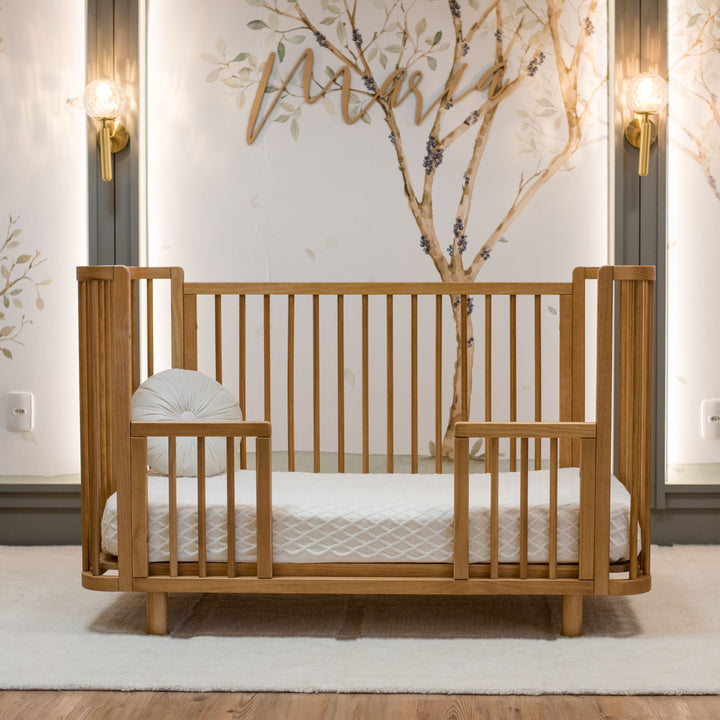
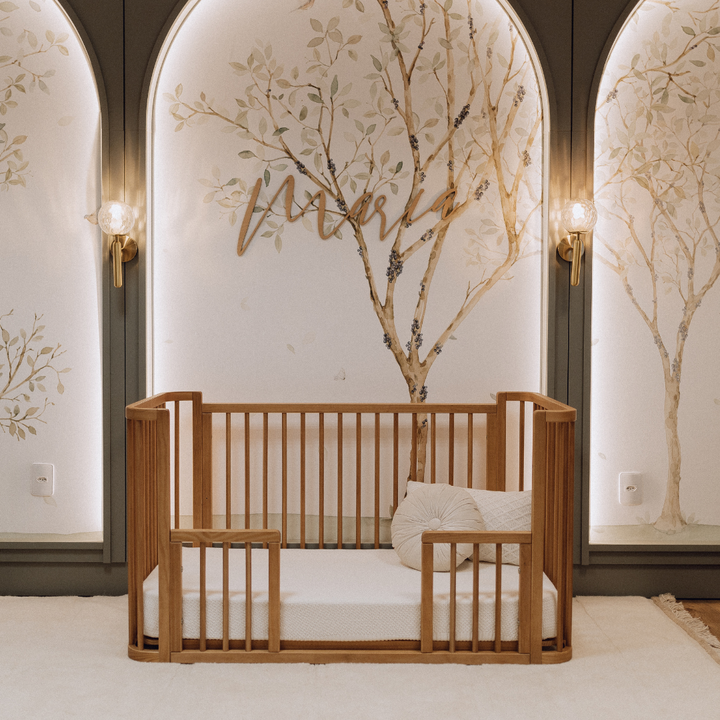
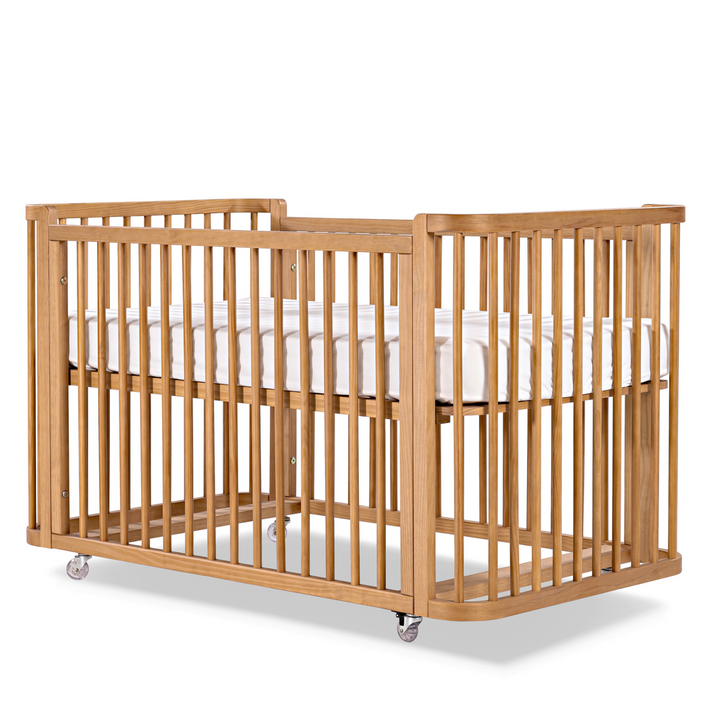


















































Leave a comment